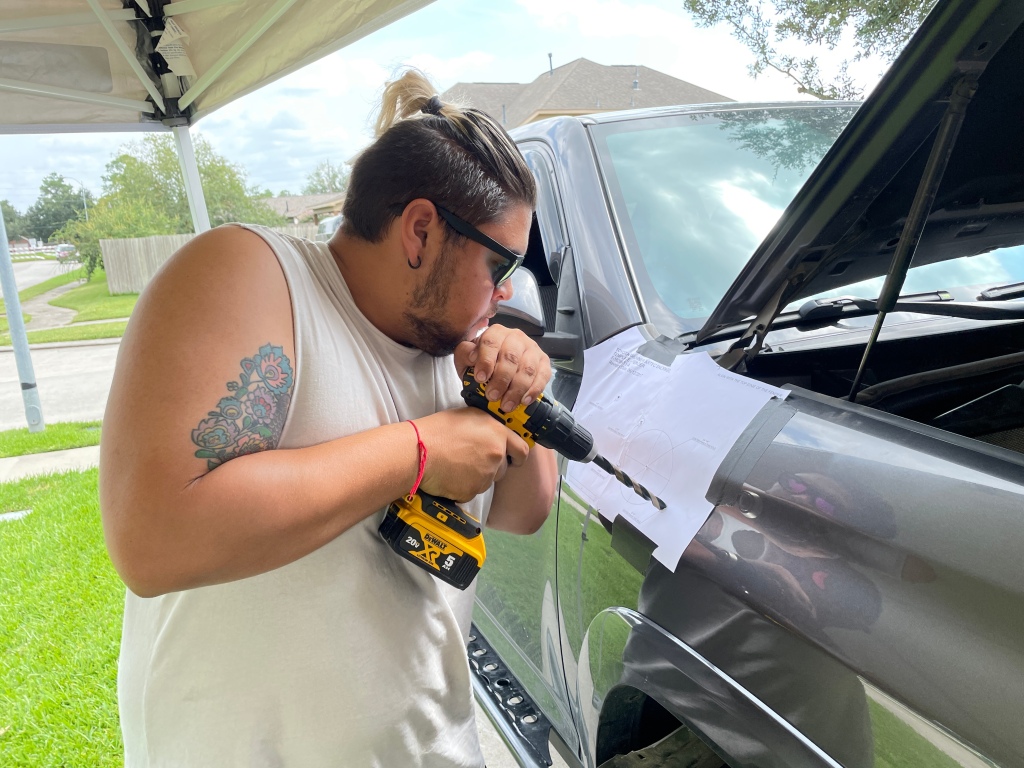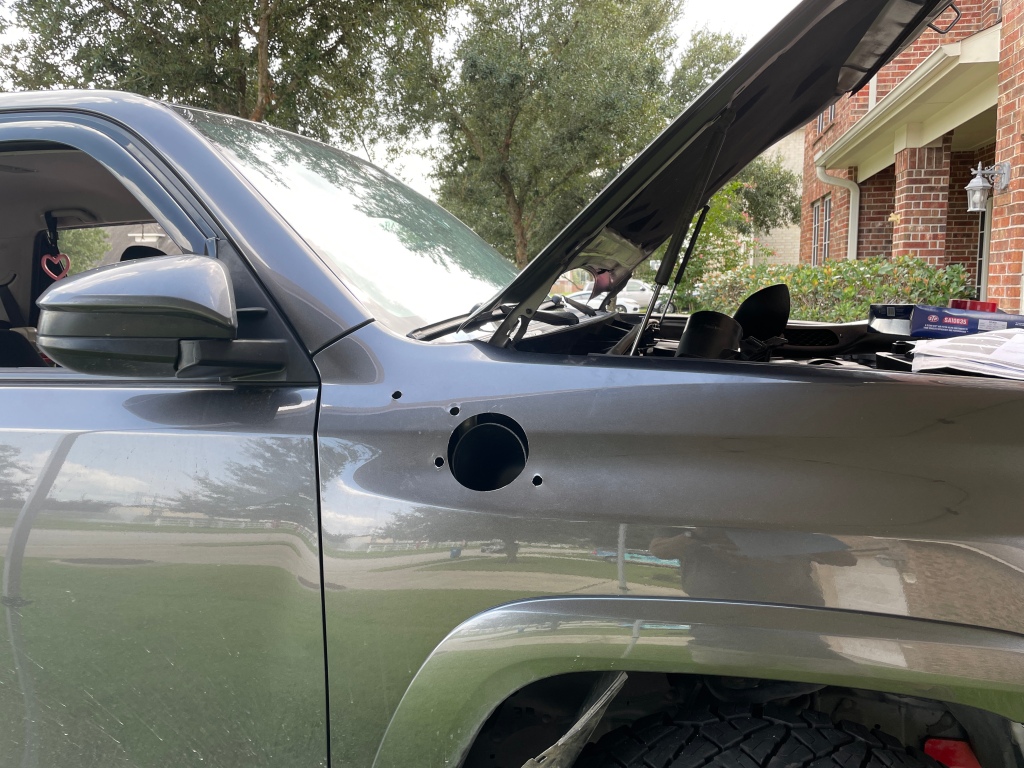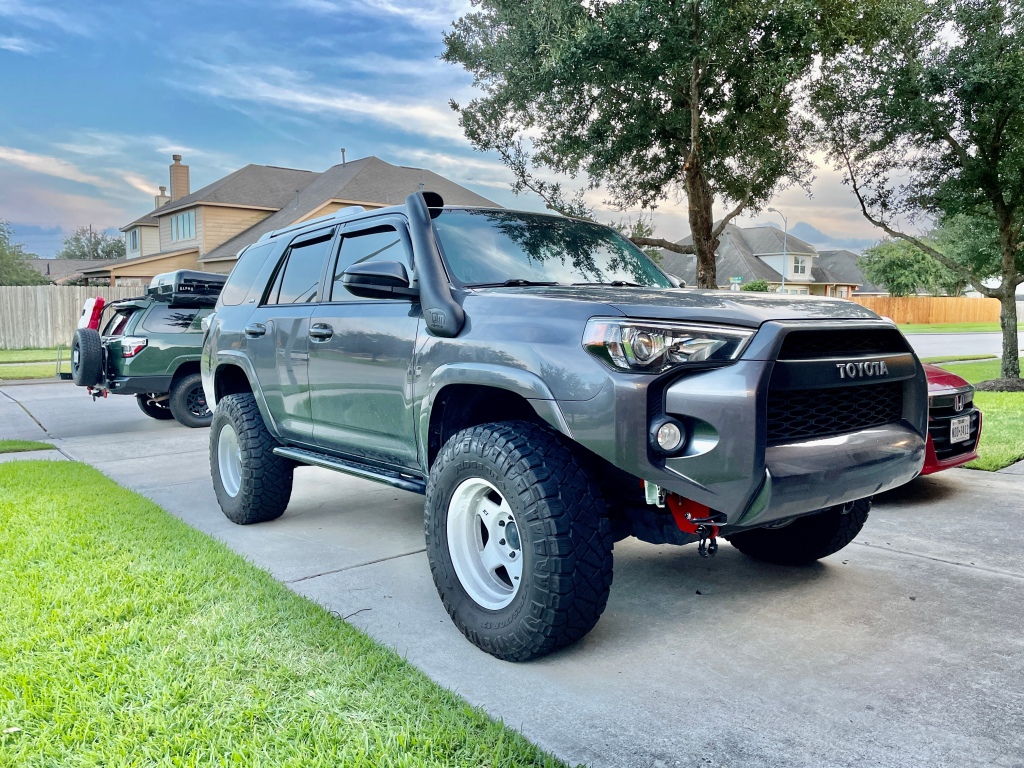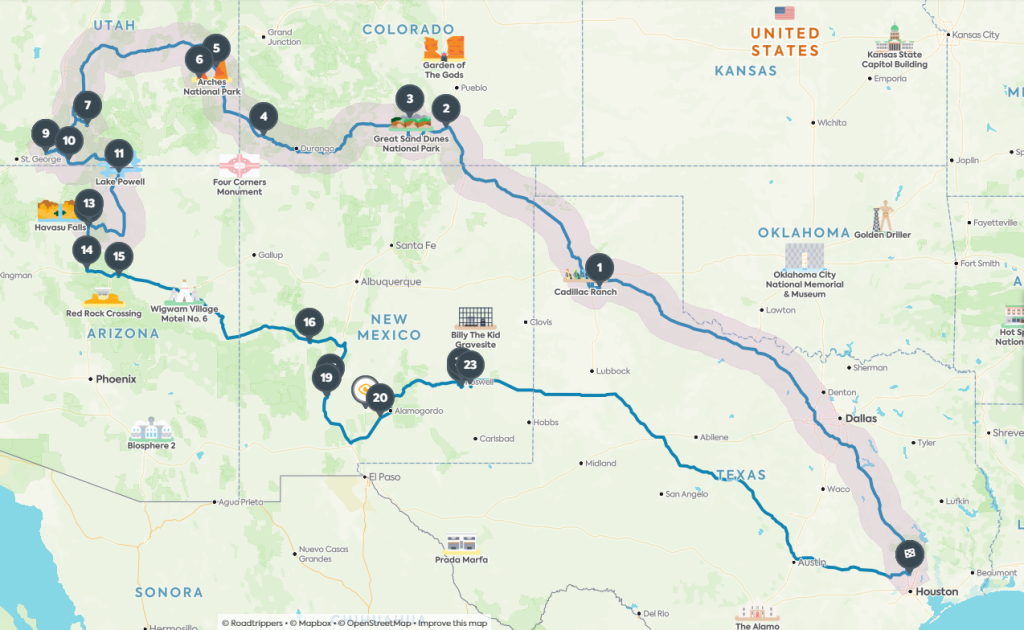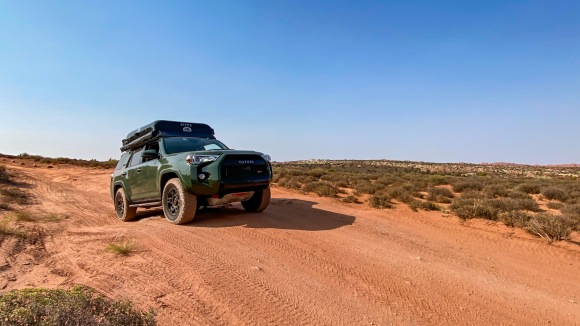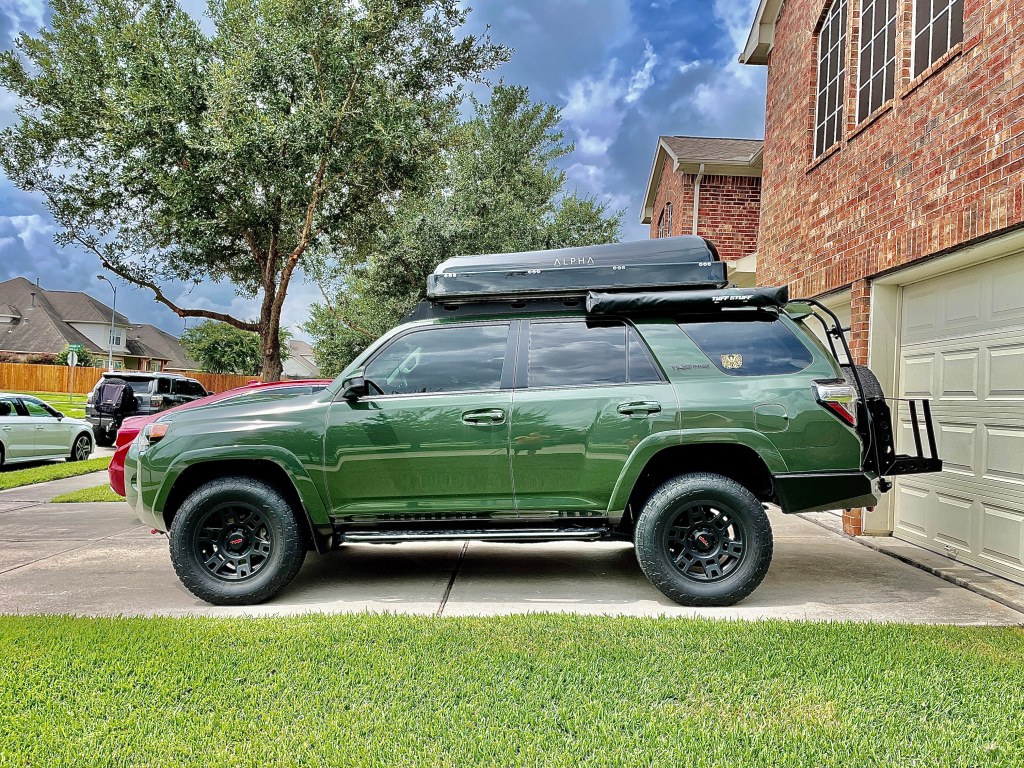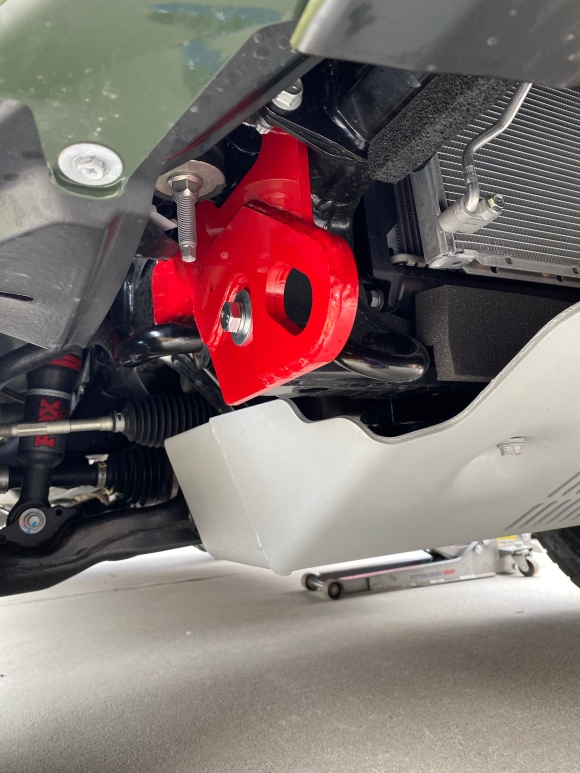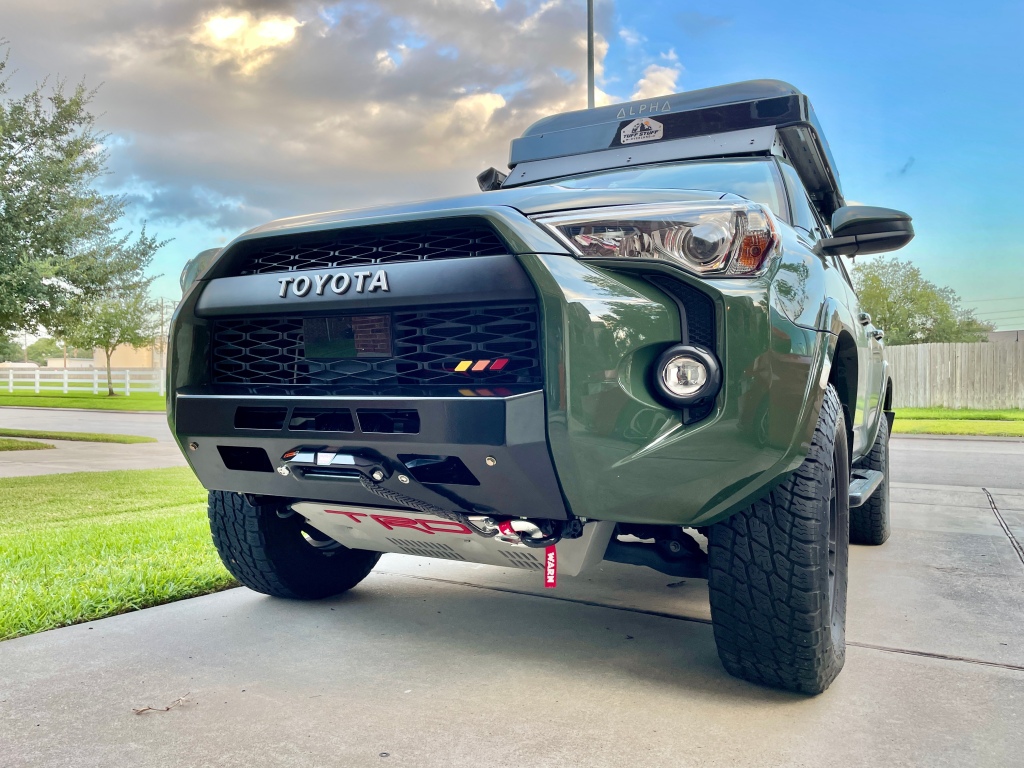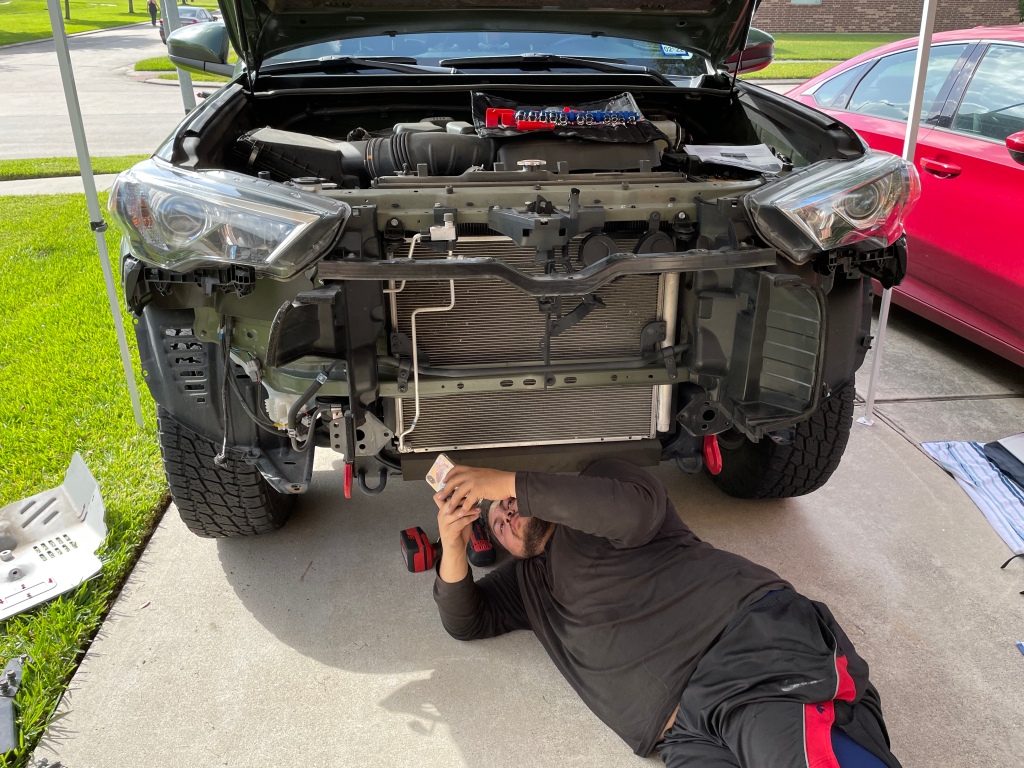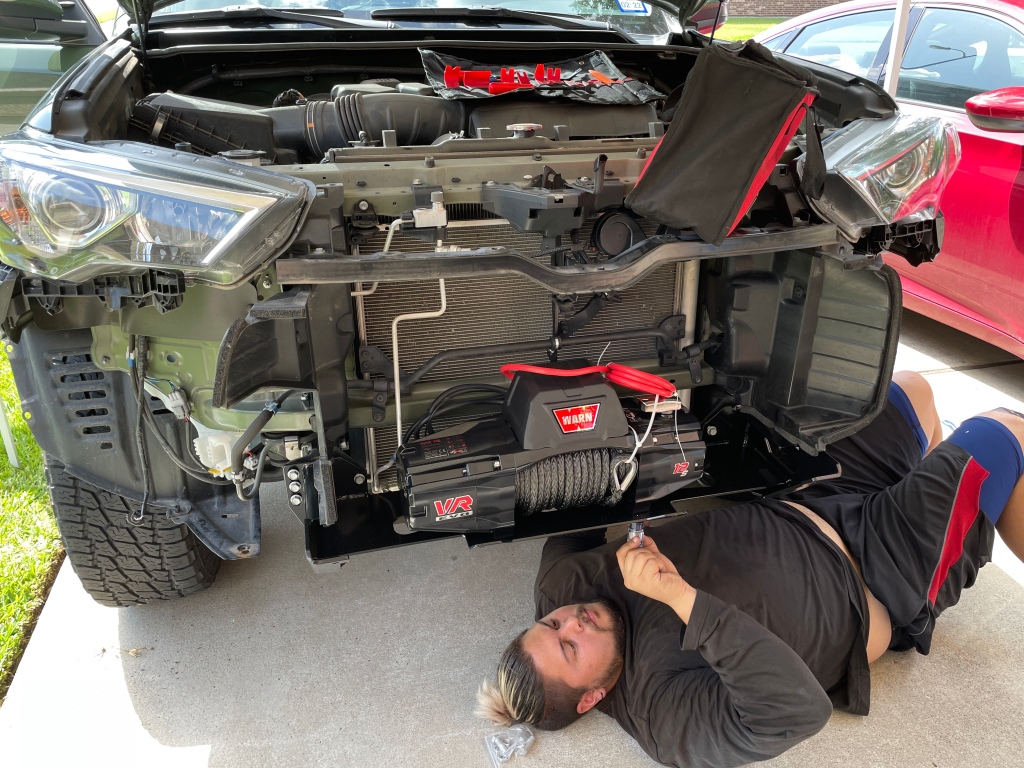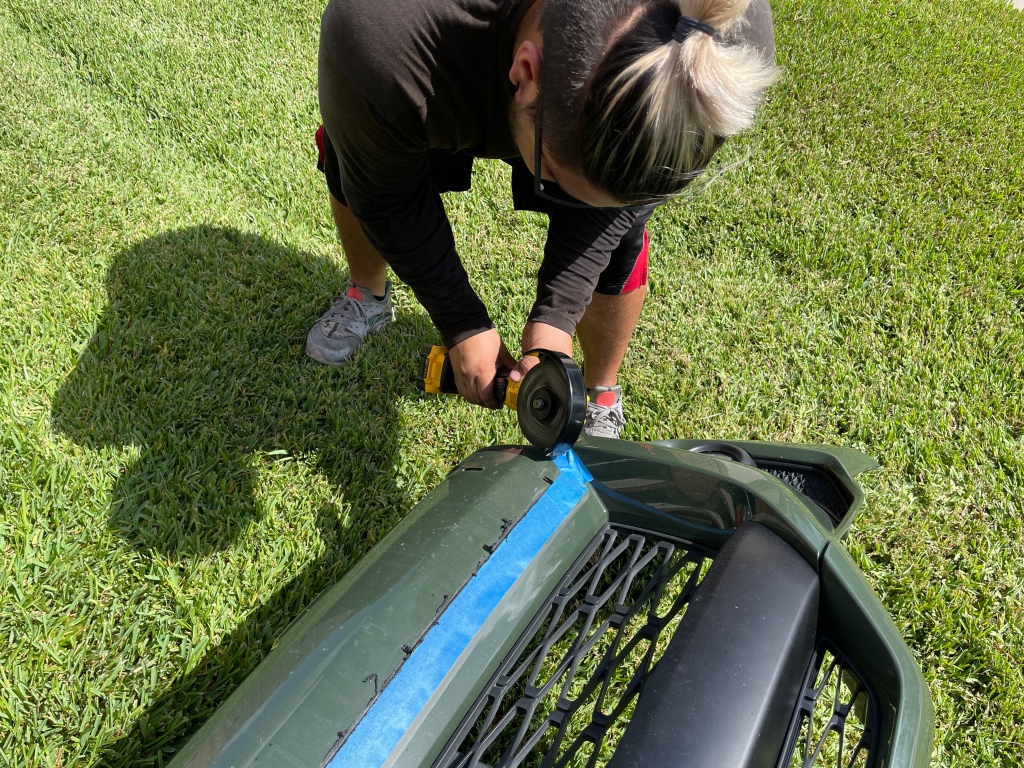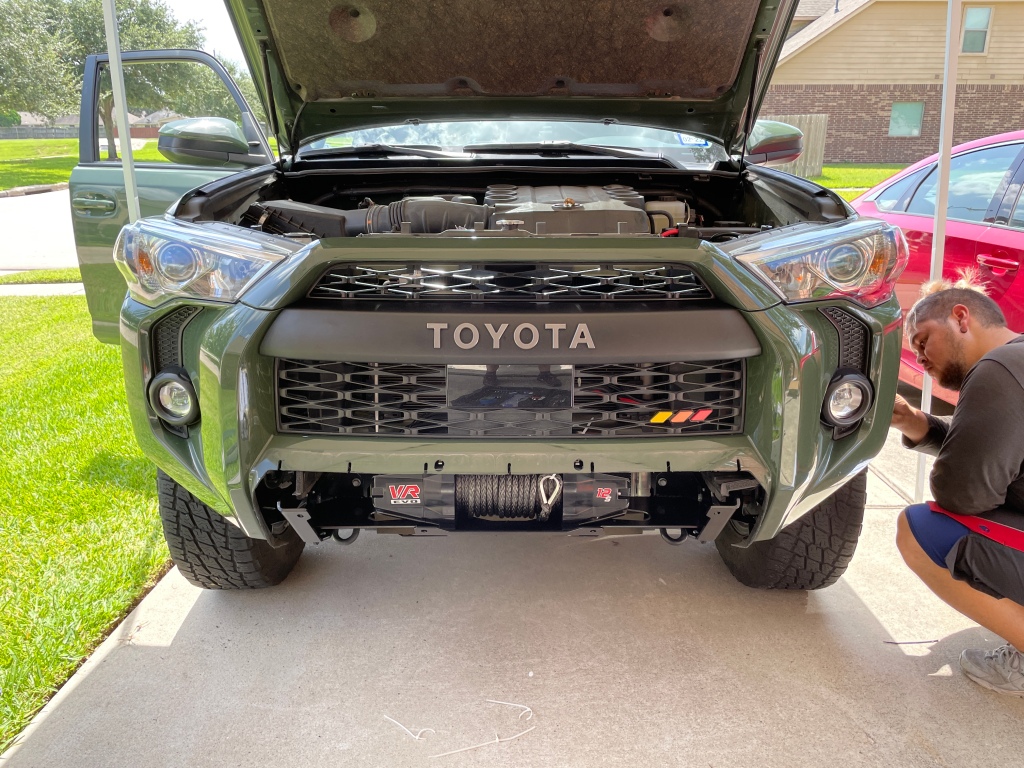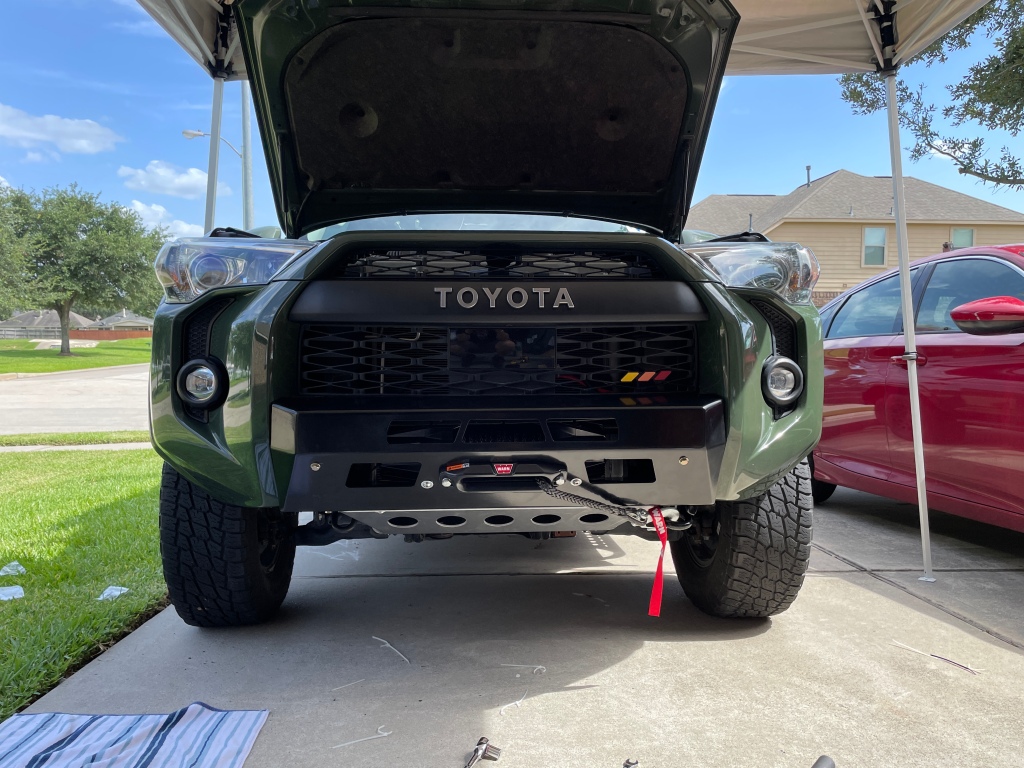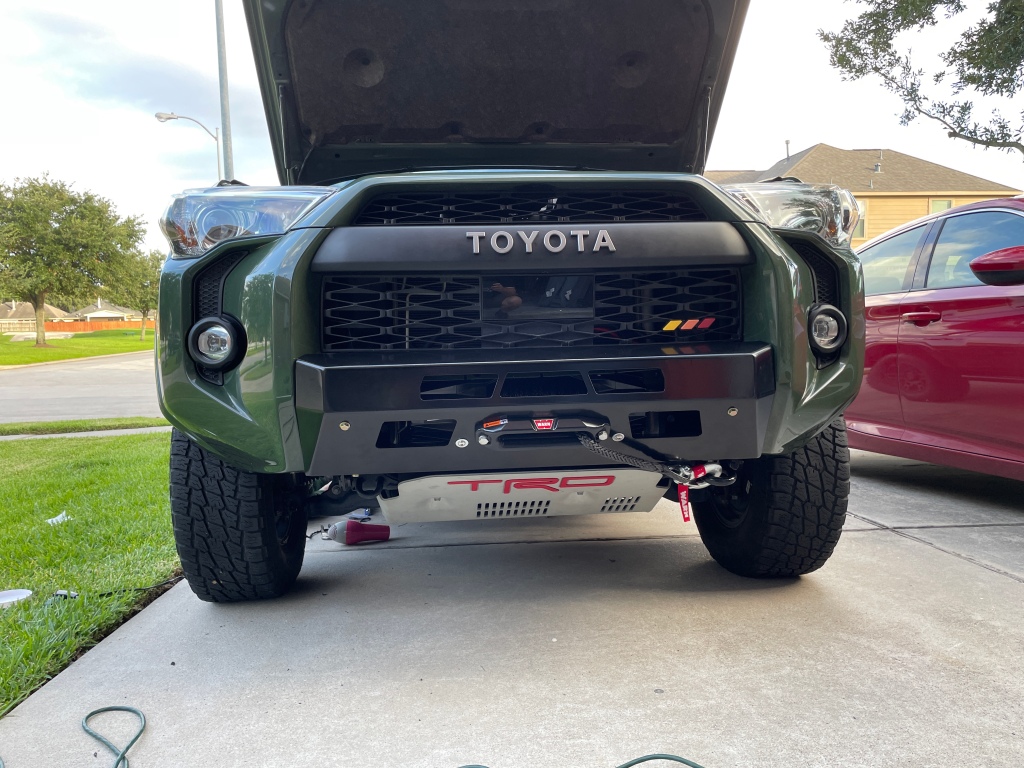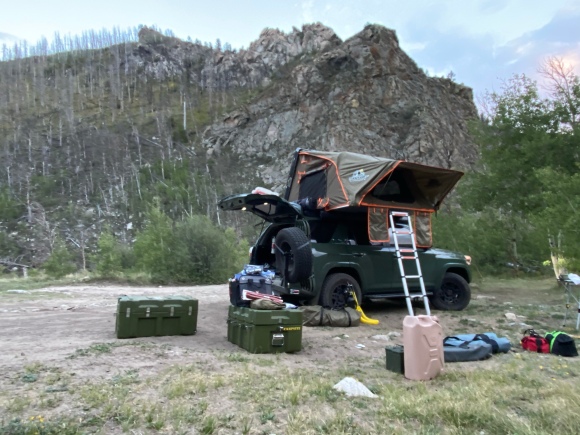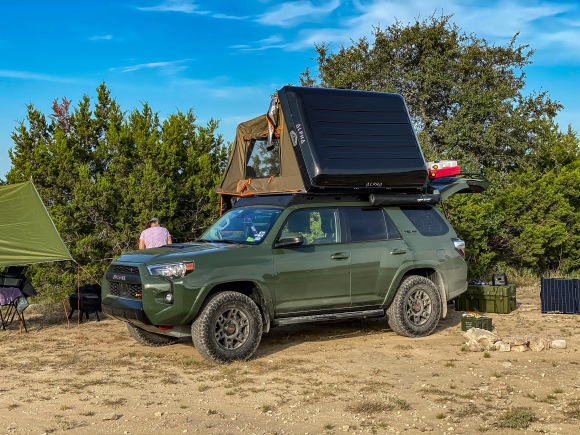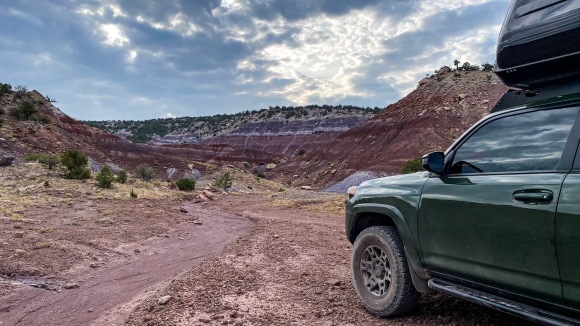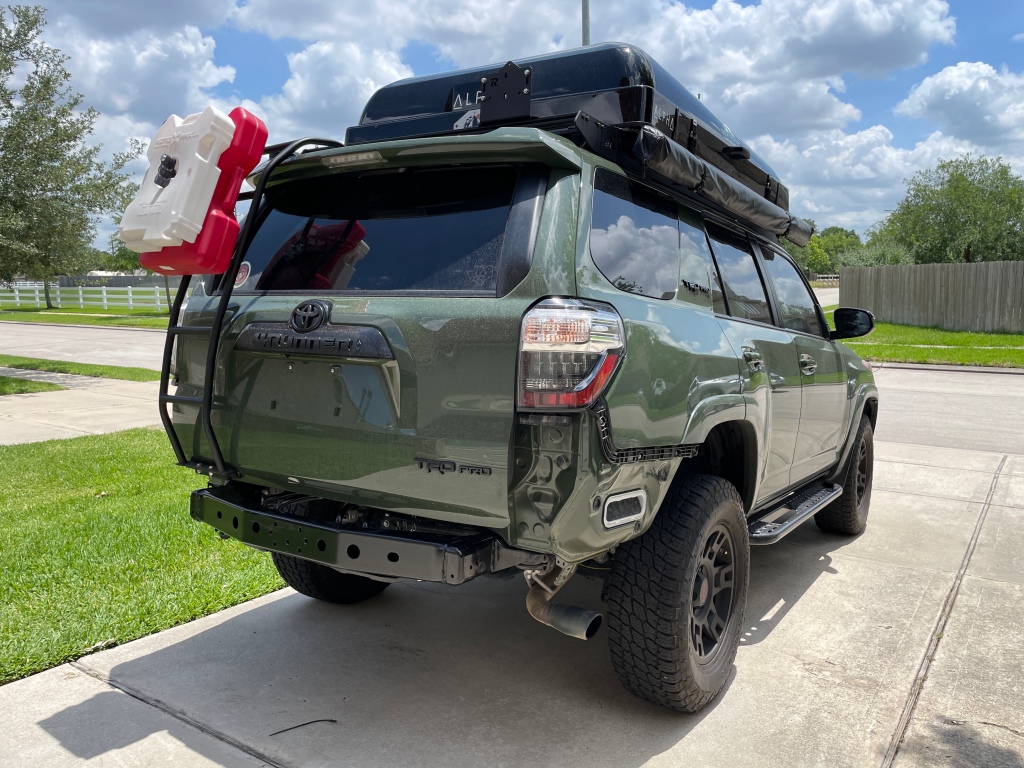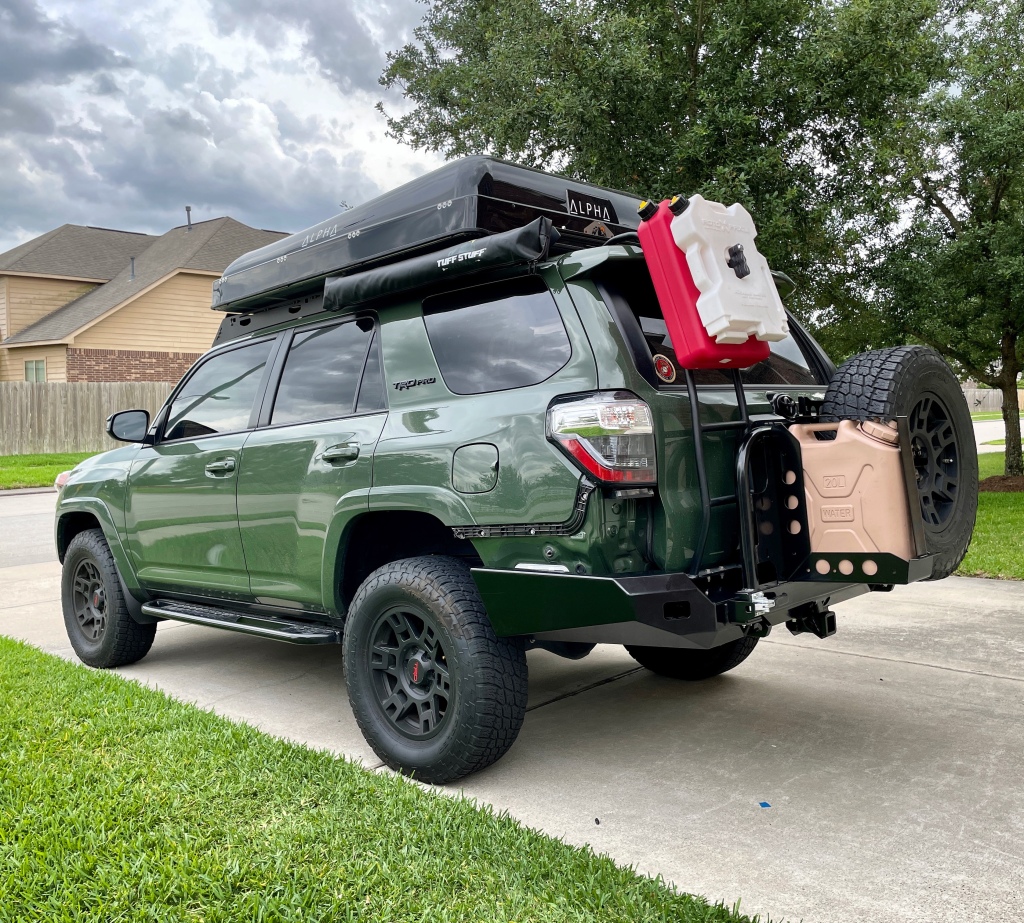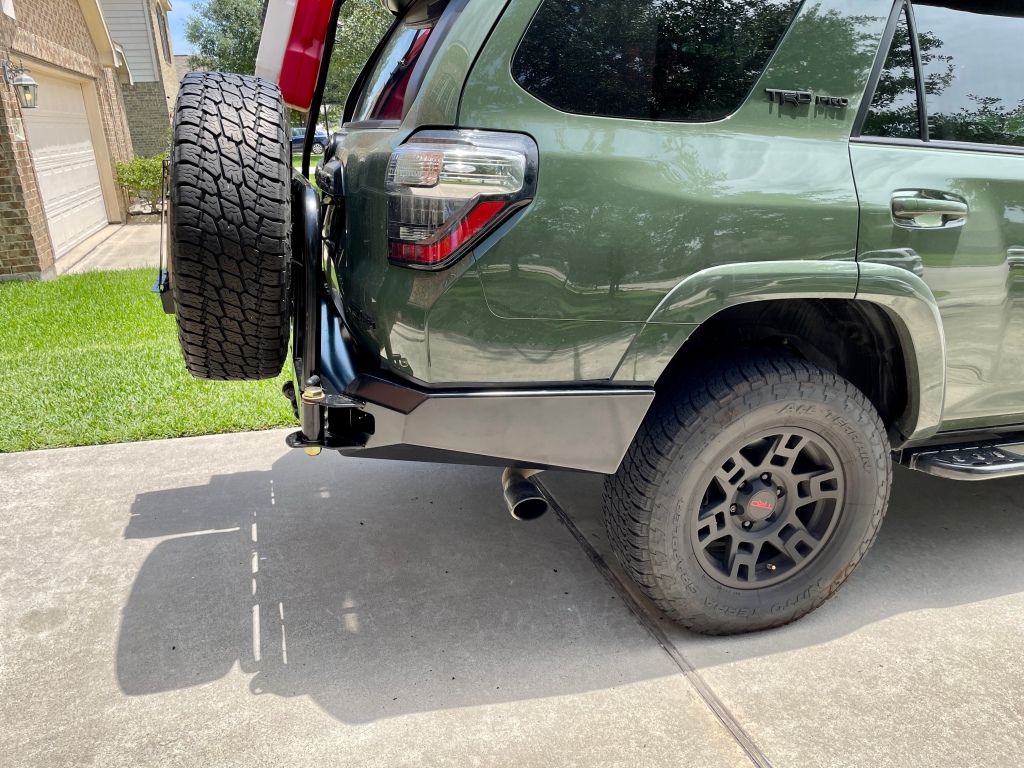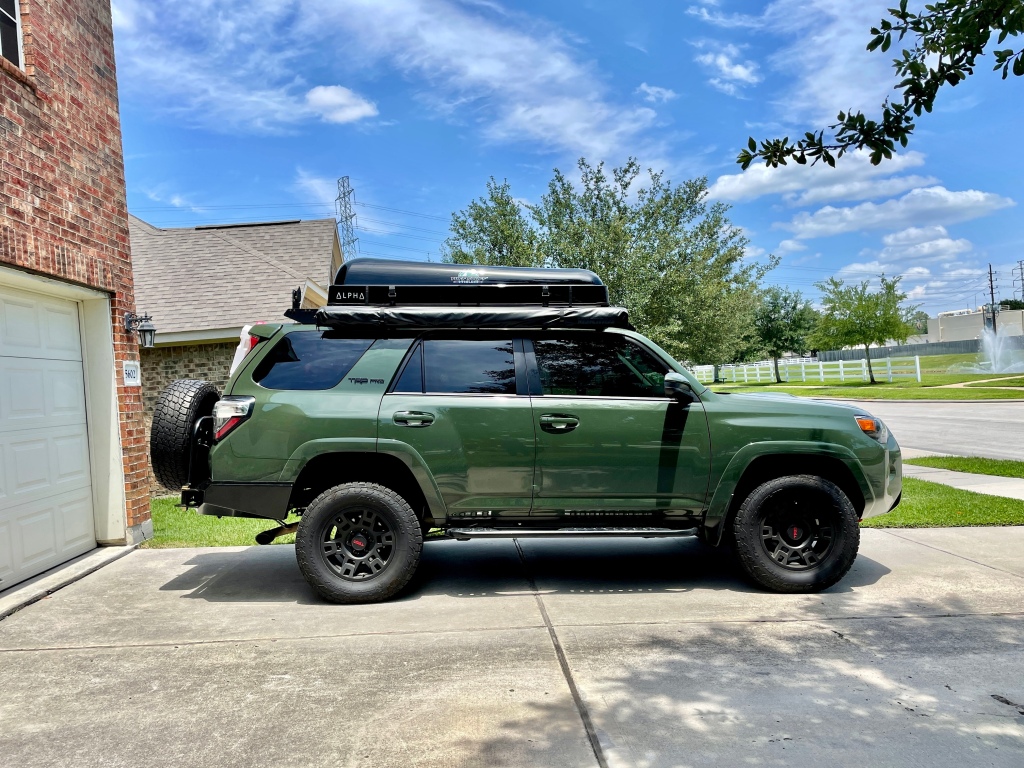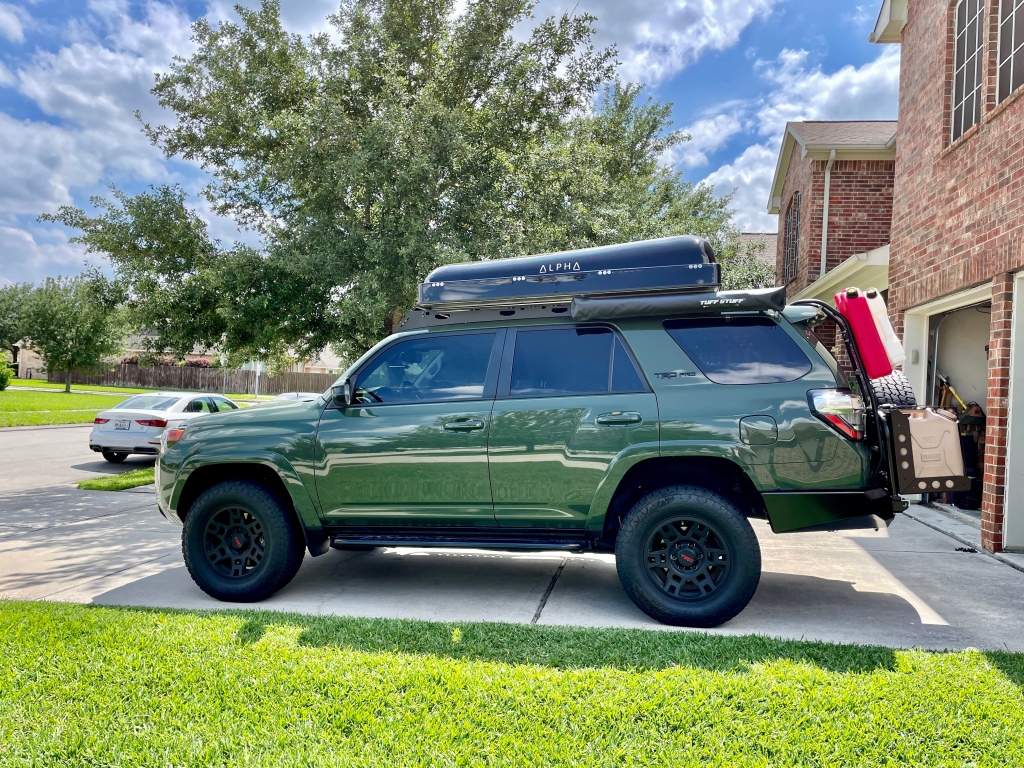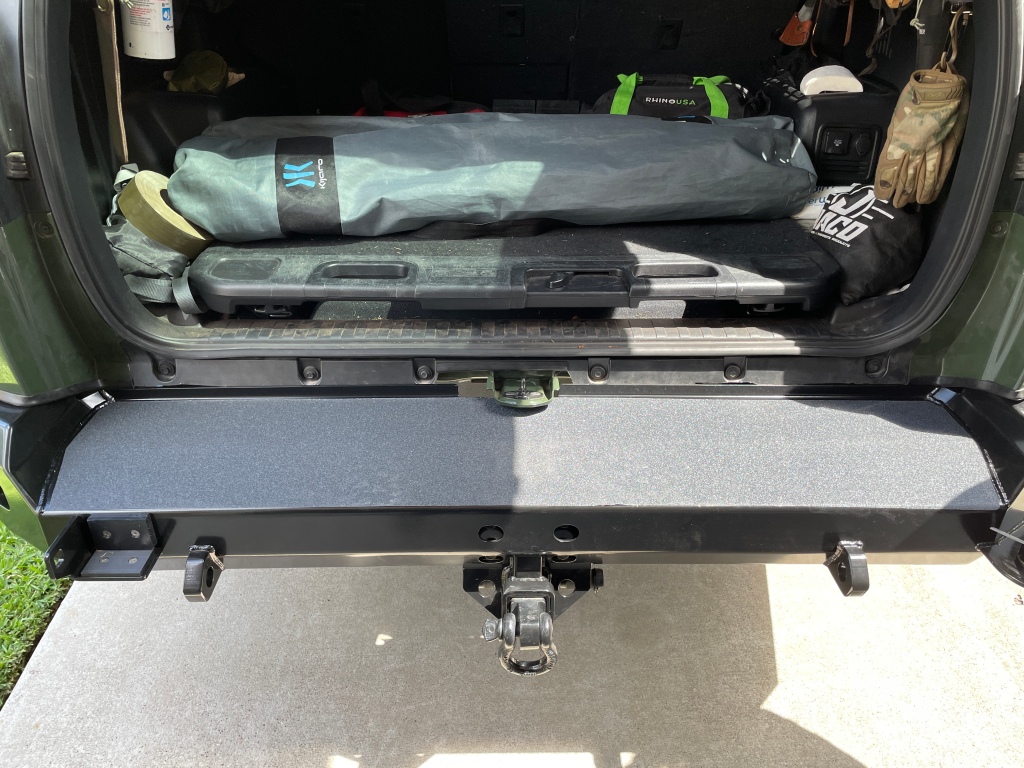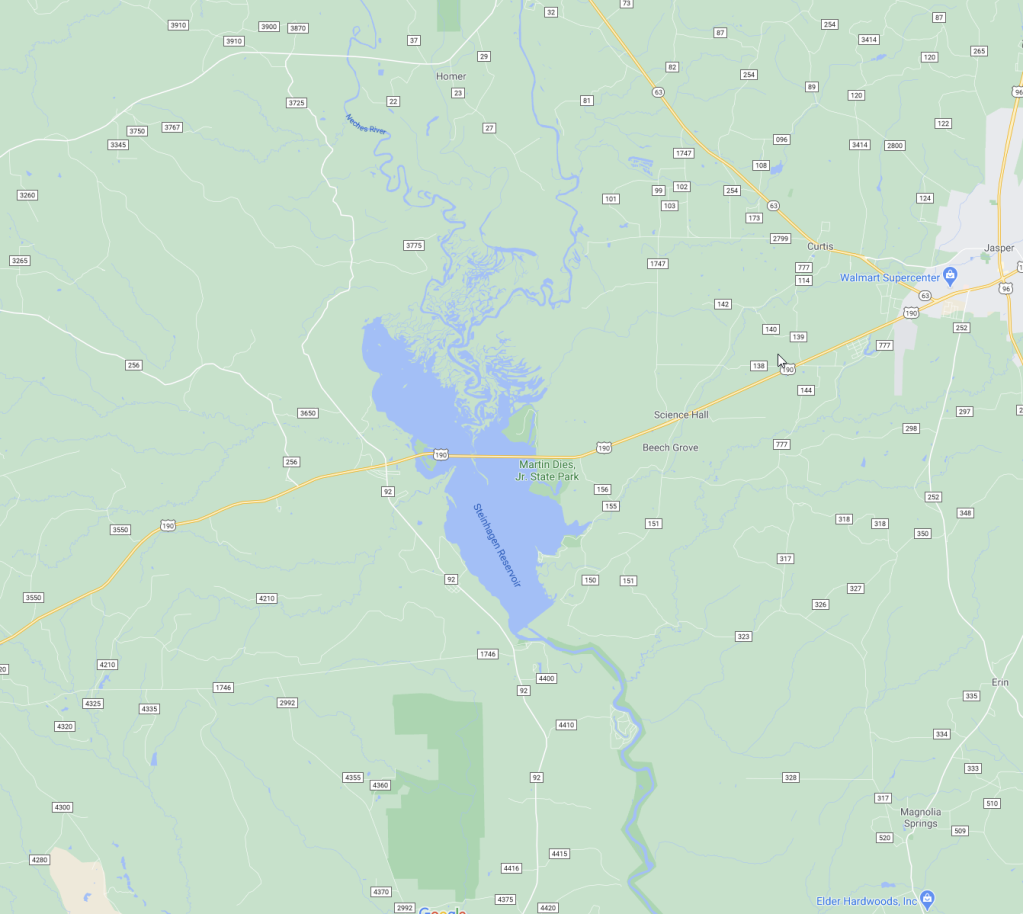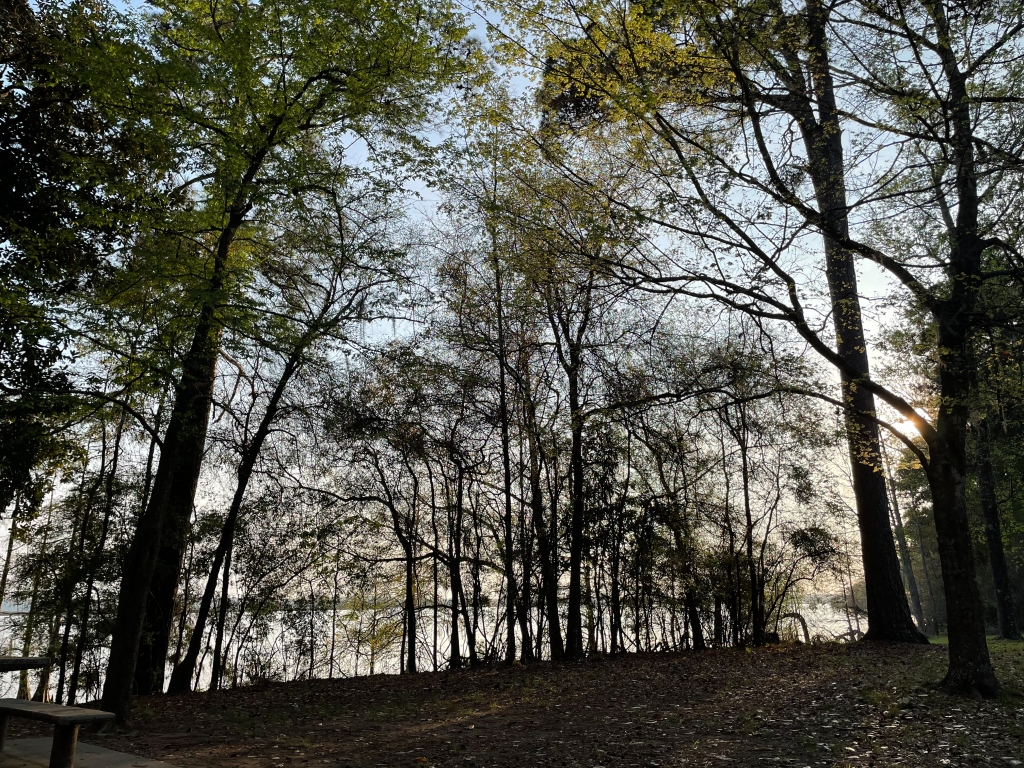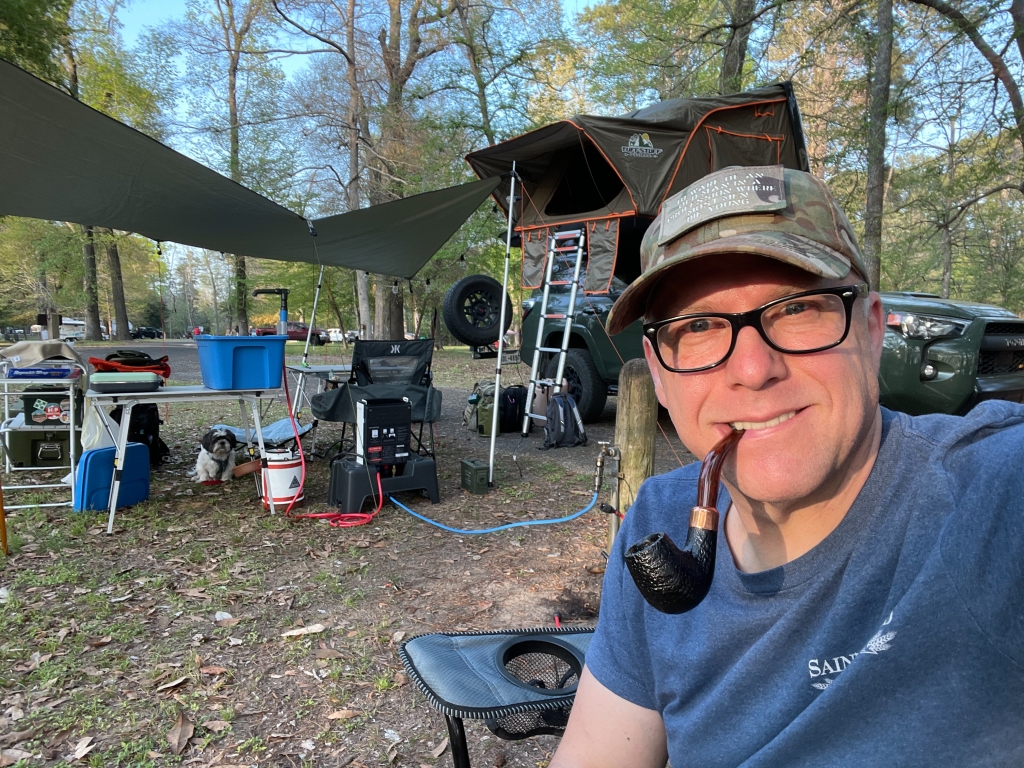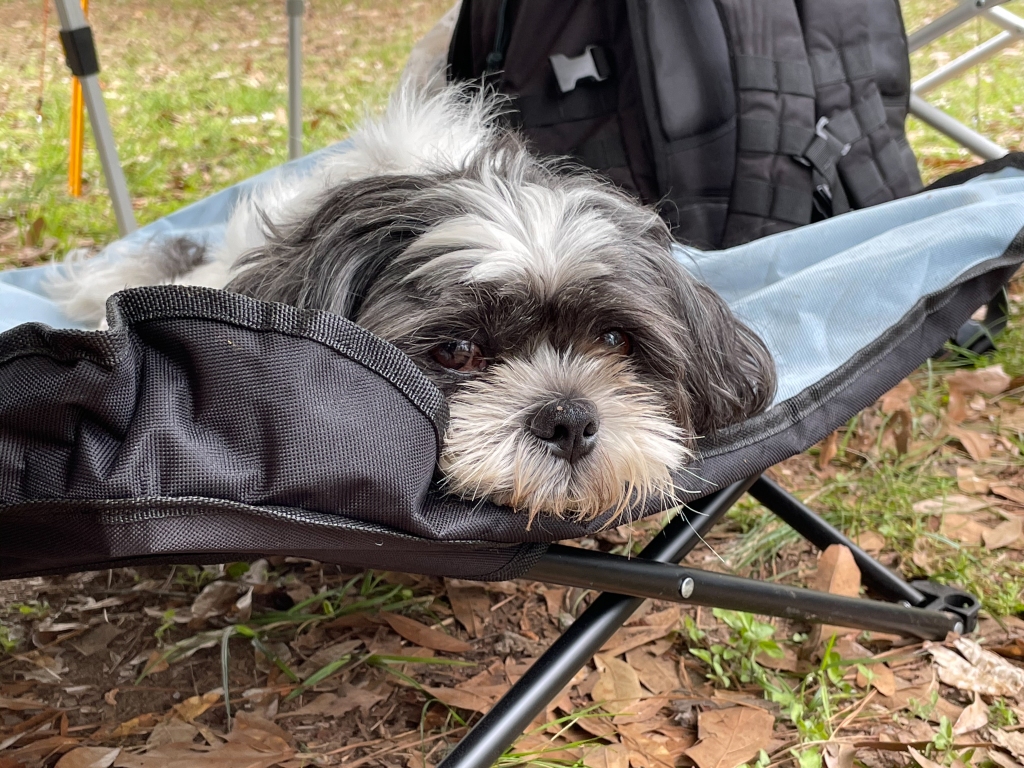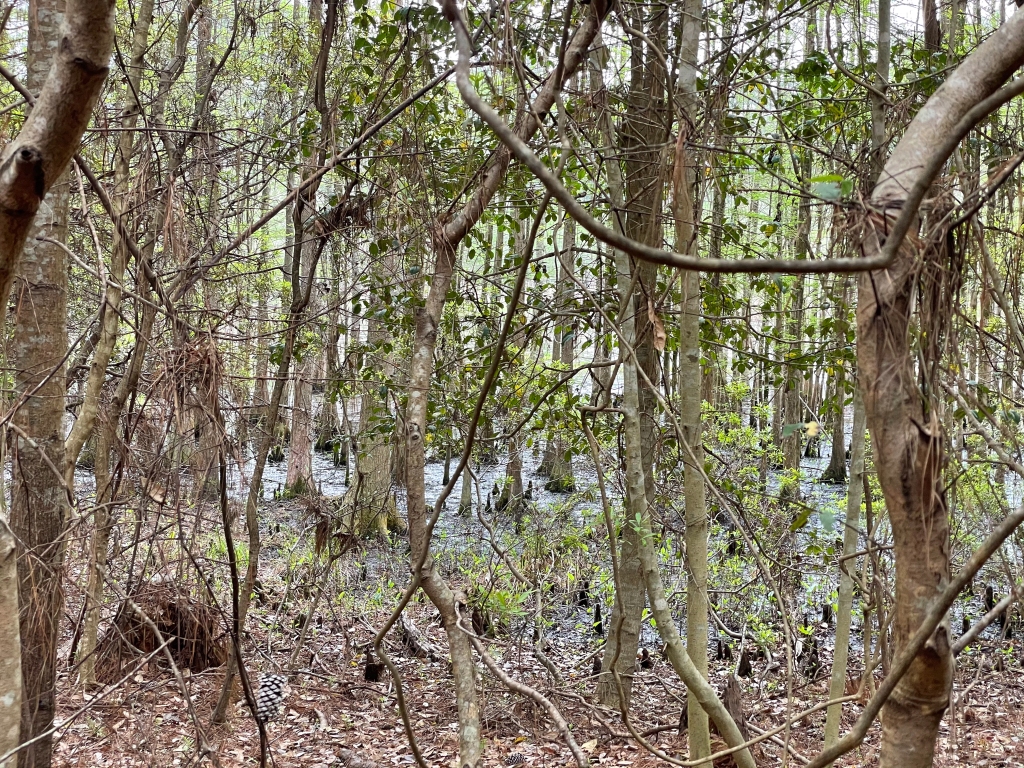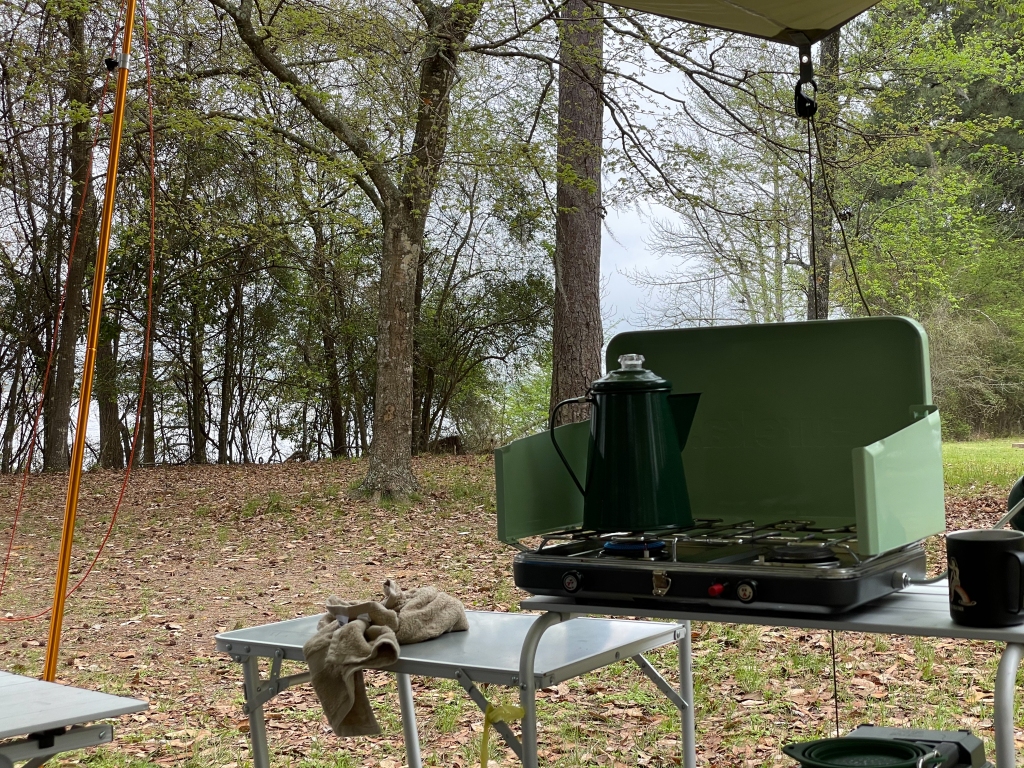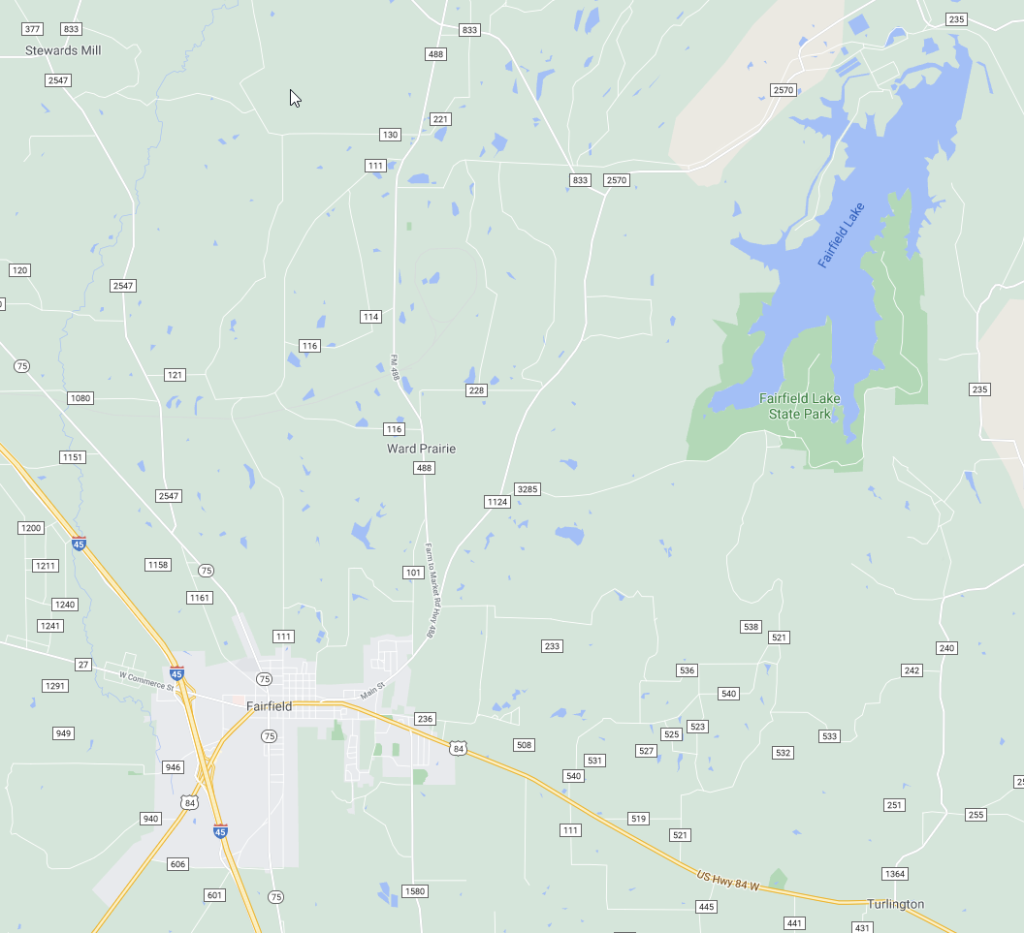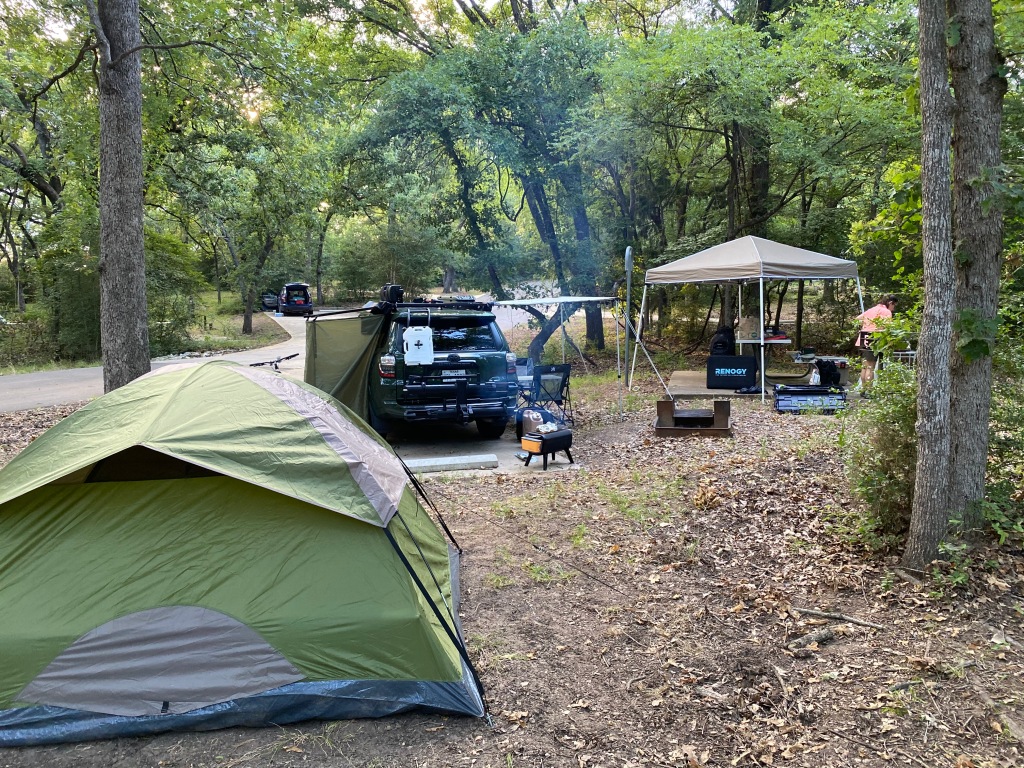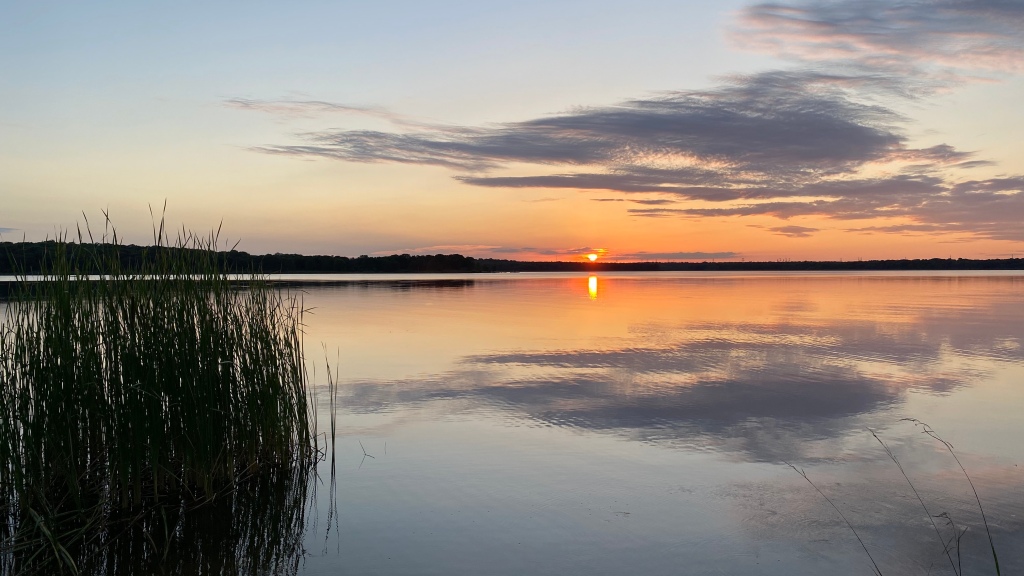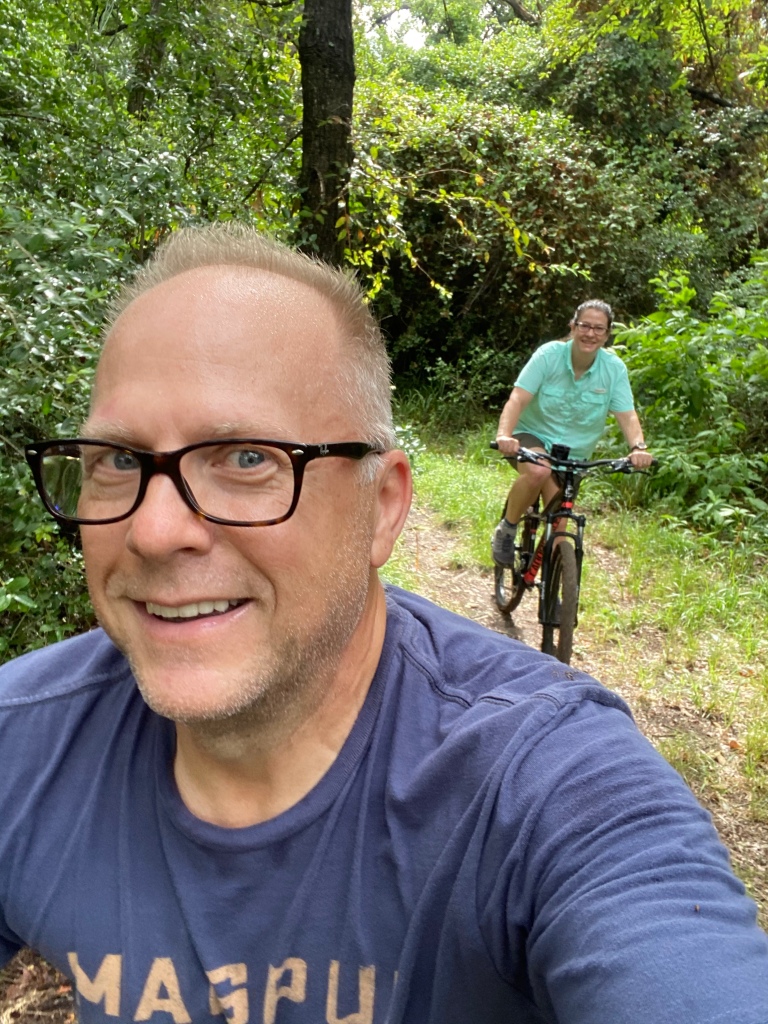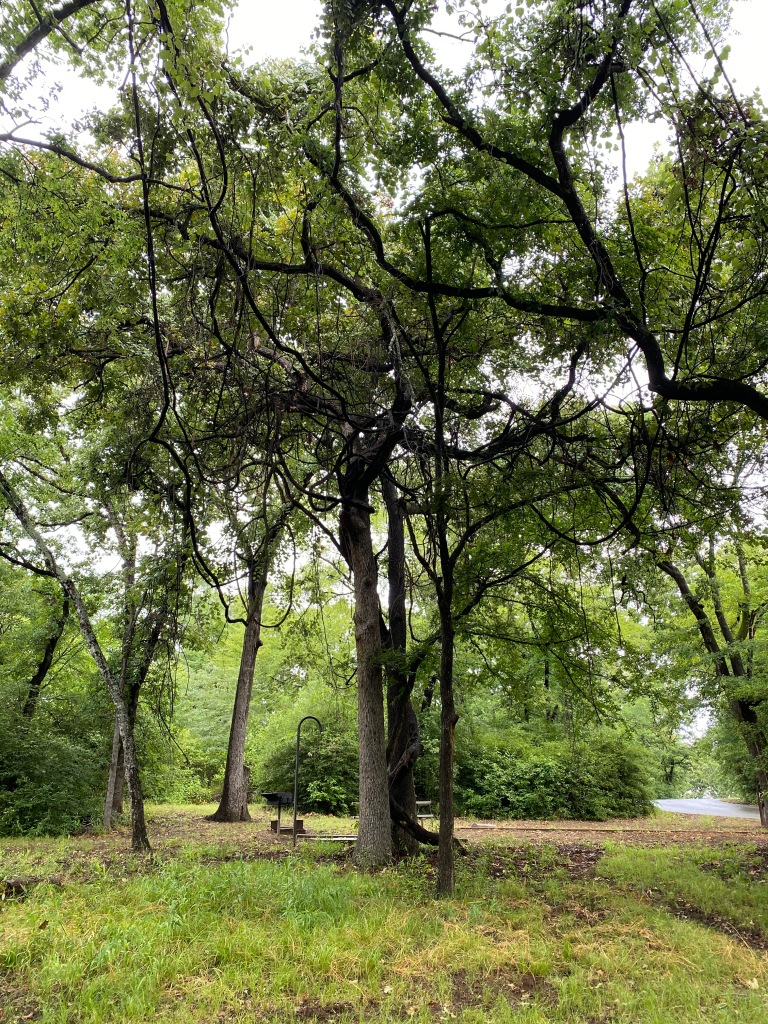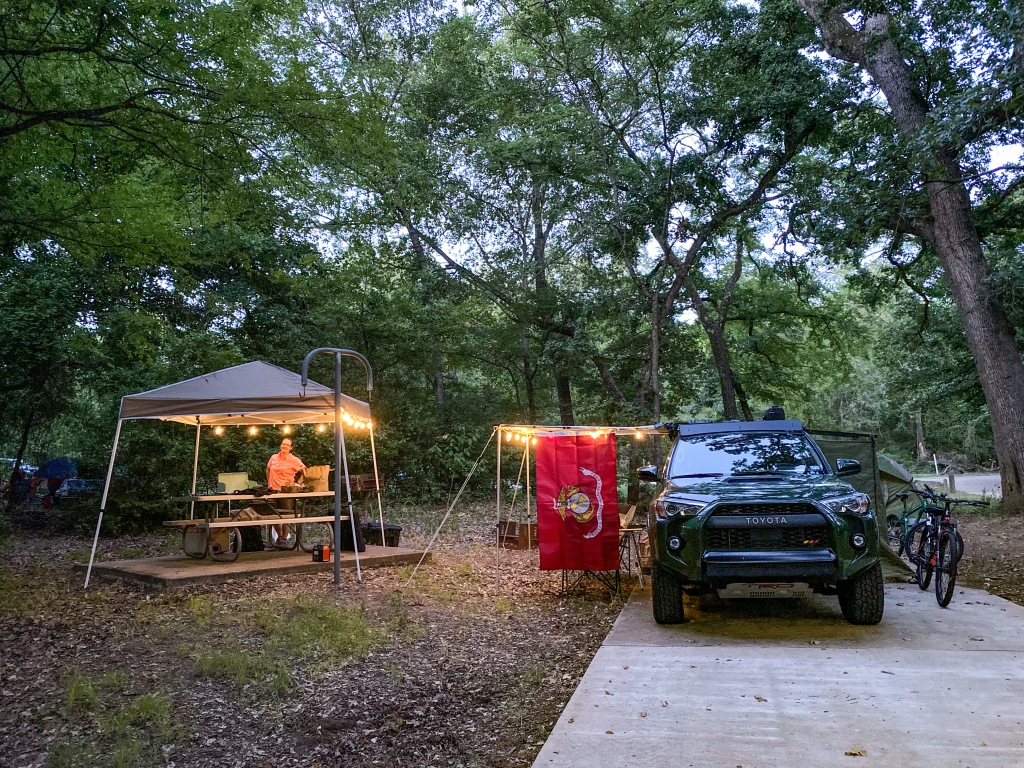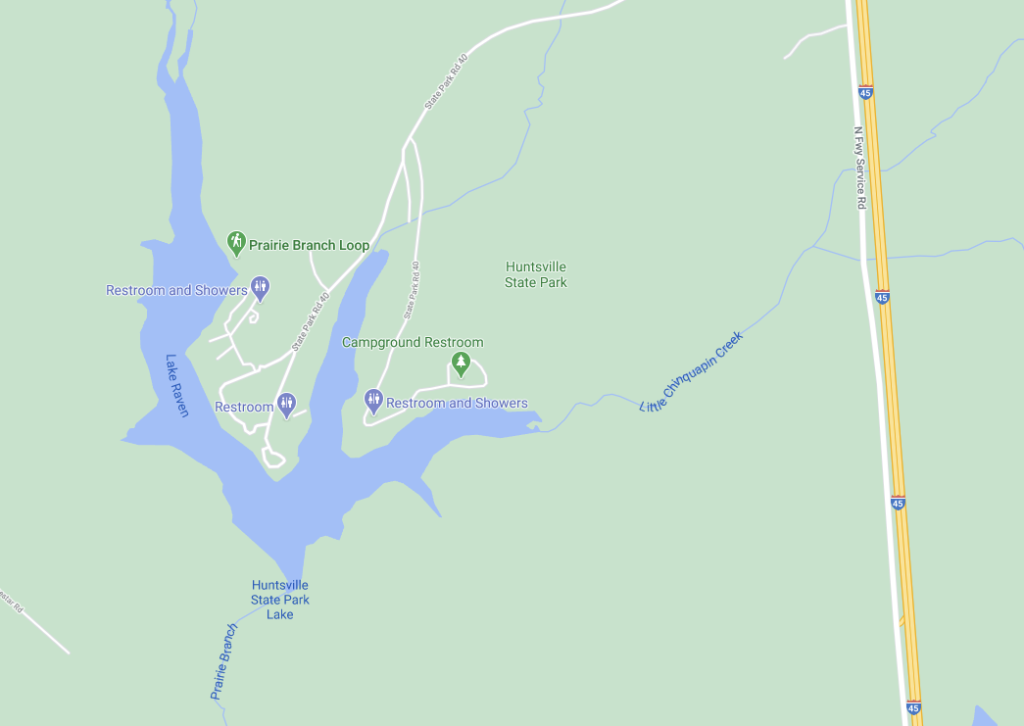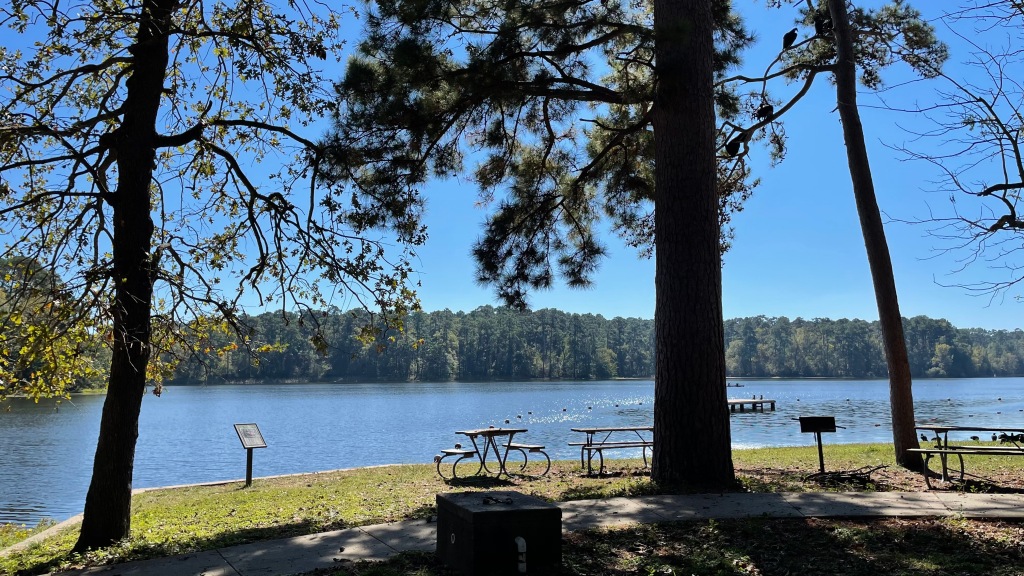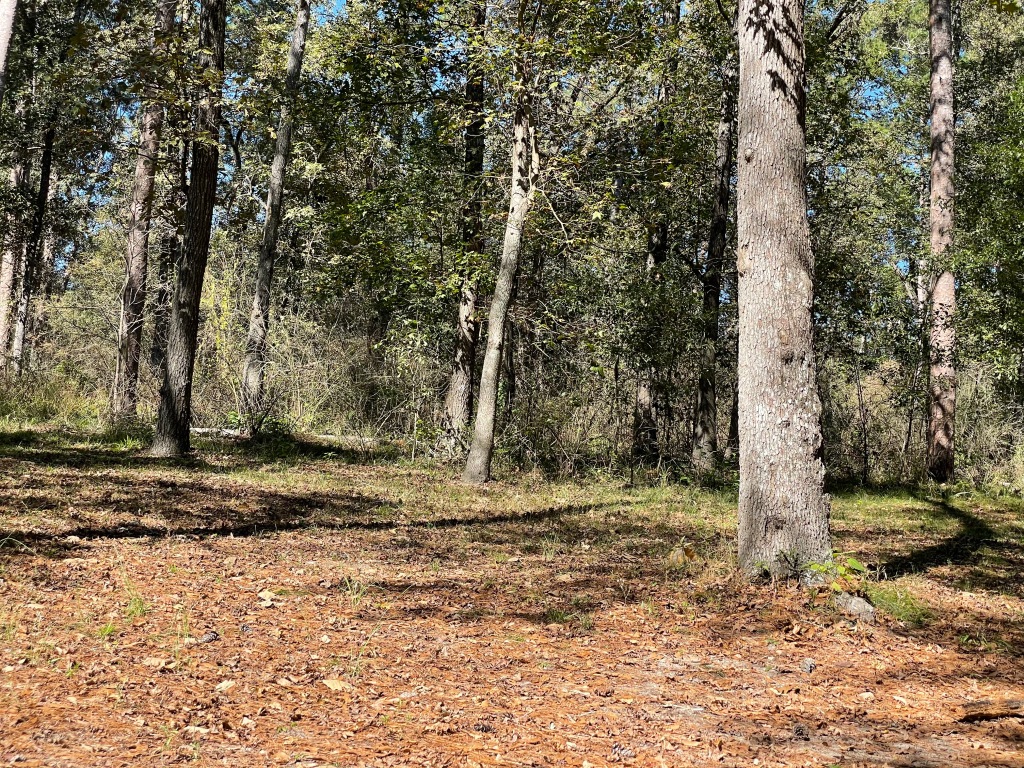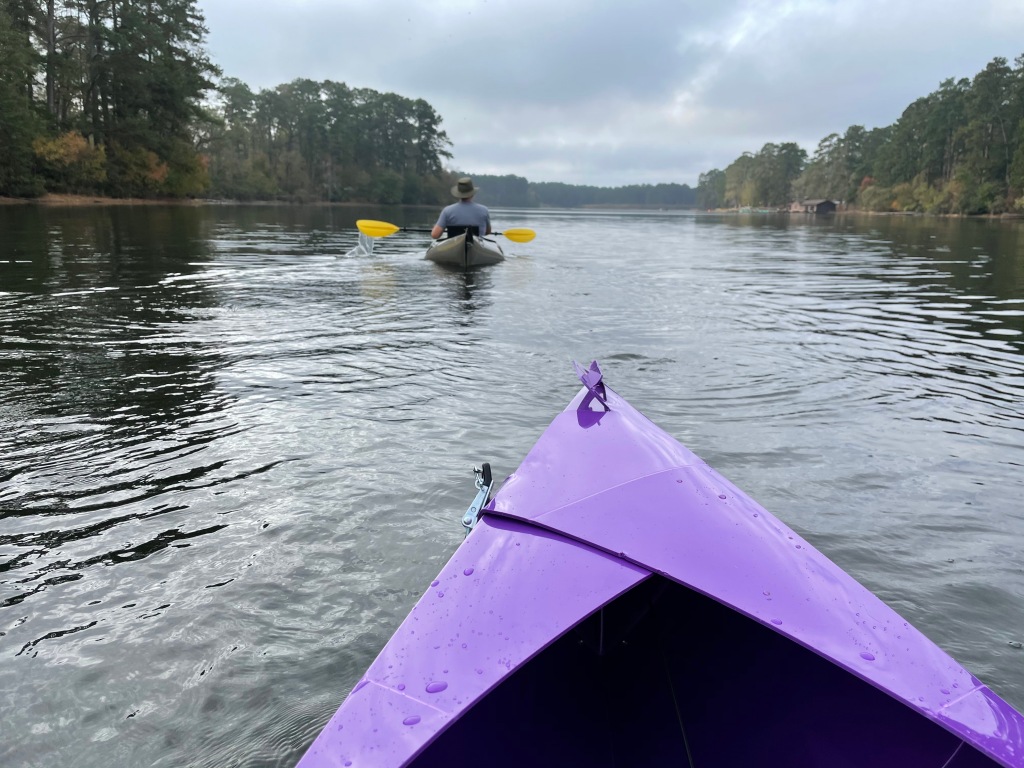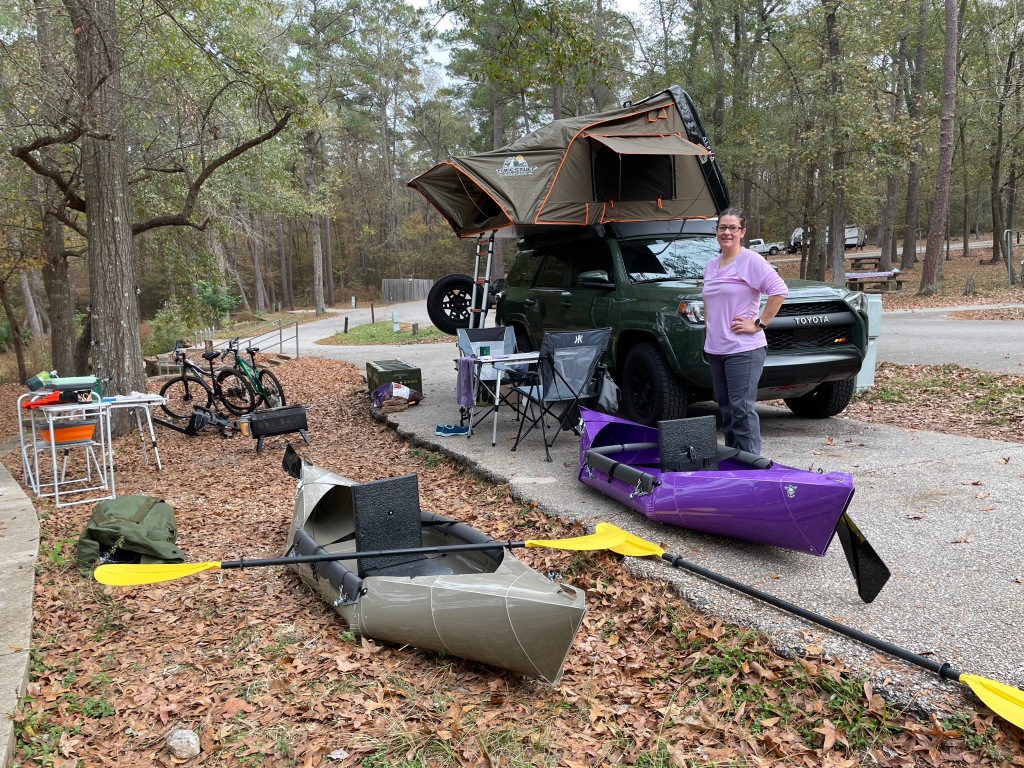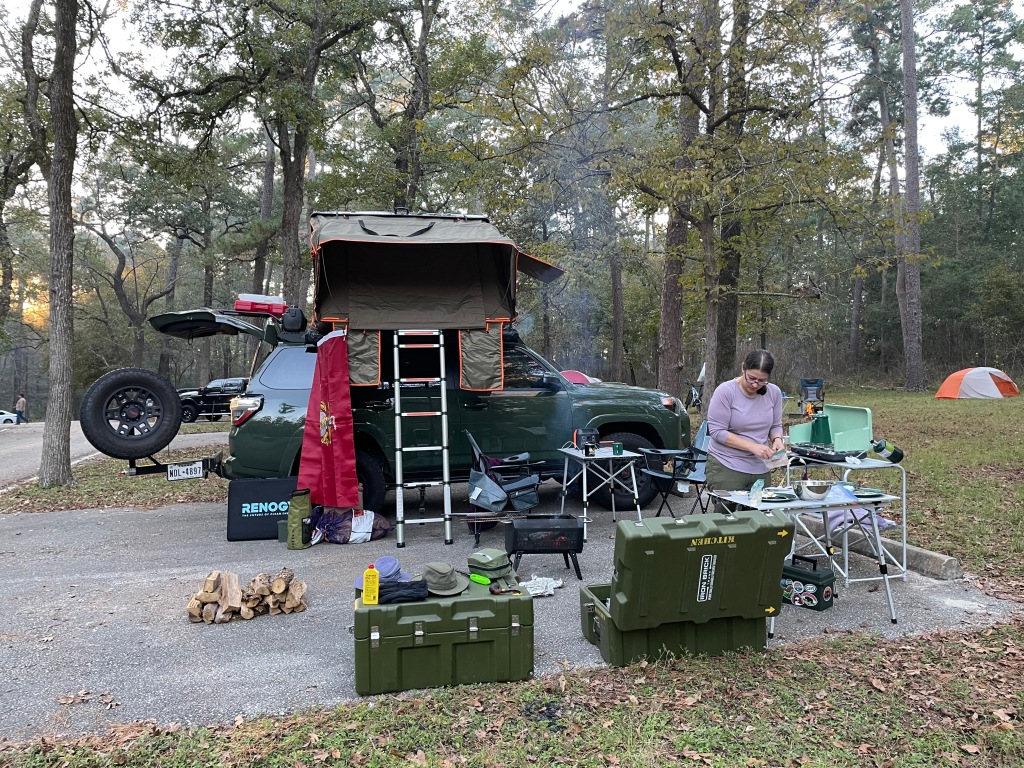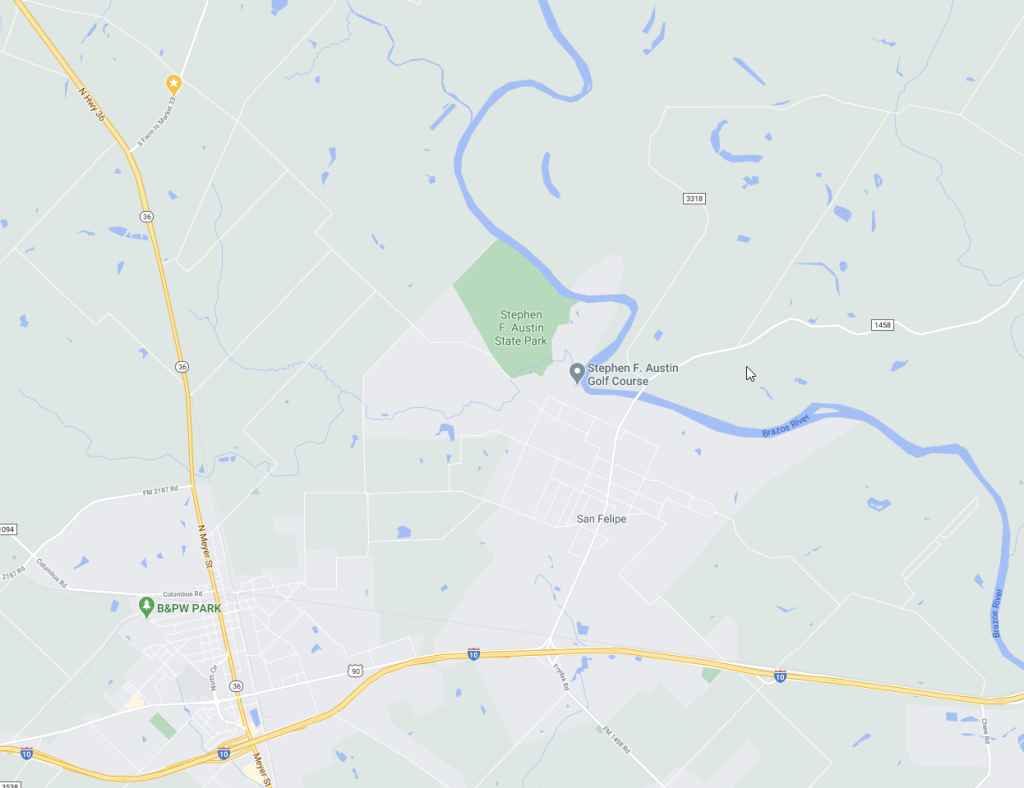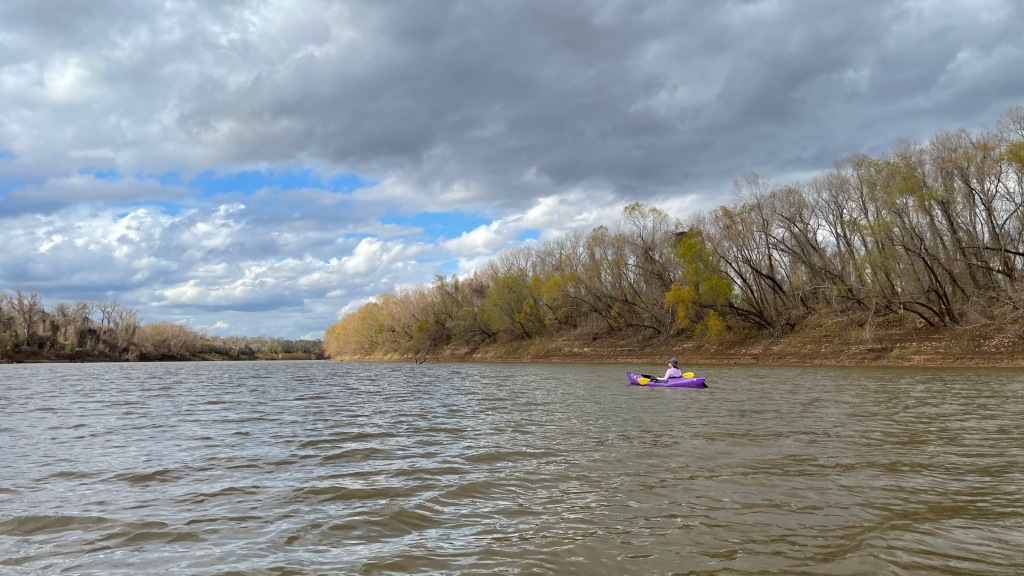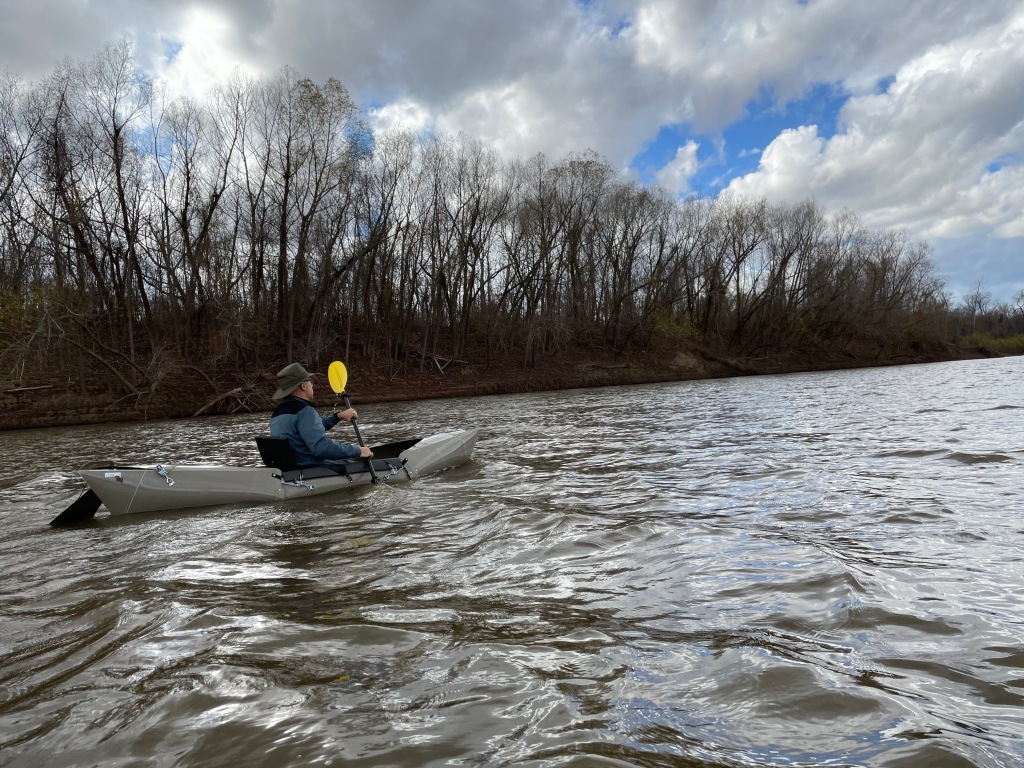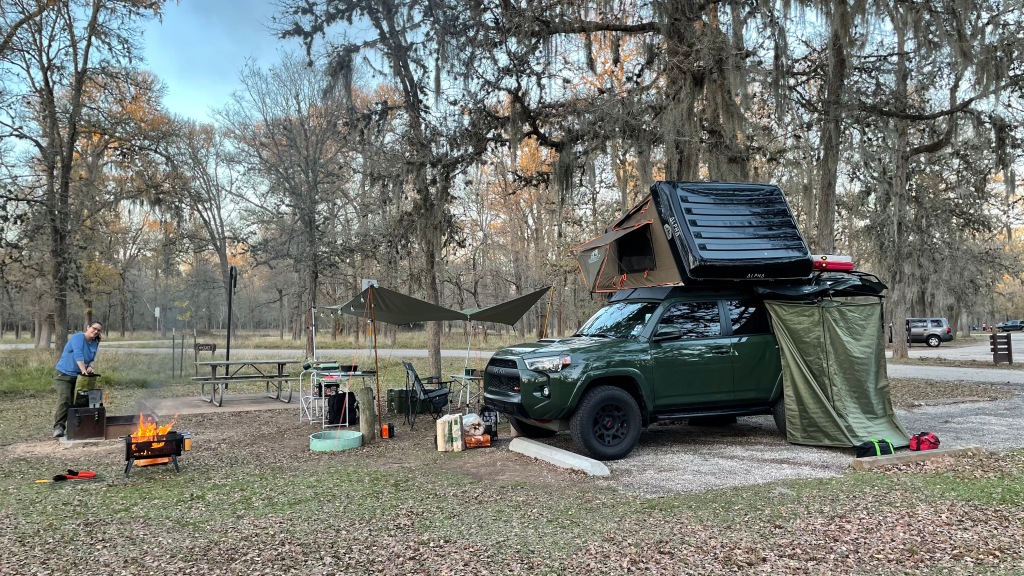In the Army, we have procedures we follow prior to engaging in movements, missions, etc: they’re called PCC/PCI, or pre-combat checks and pre-combat inspections. The idea is that before you head out and do something using equipment upon which your life may depend, you want to check it’s functionality and inspect to make sure you have everything you will need.
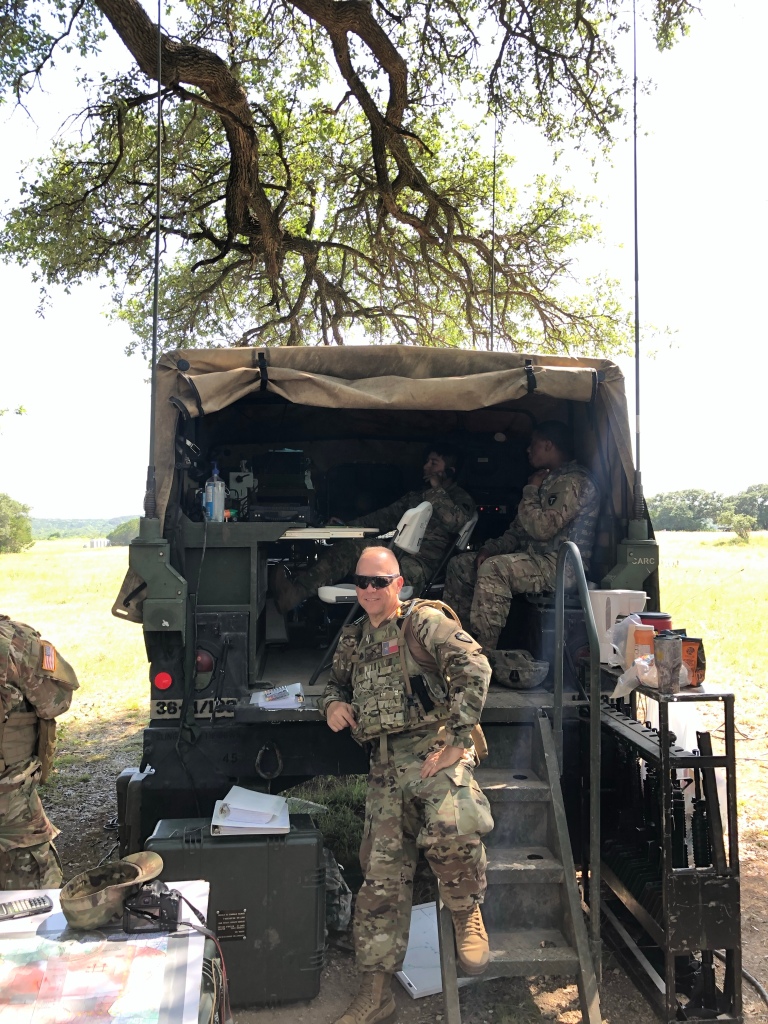
PCC’s are done by the individual Soldier, while PCI’s usually are either peer inspections or conducted by your next immediate leader. The term “PCC/PCI” is often used almost as a single phrase, but while they’re related, they are not the same thing nor are they interchangeable. They are, however, also often conducted together, especially before important missions.
Ever since Sherry and I got involved with overlanding, we’ve adopted many of my military habits, and one that has ensured our success time and time again has been PCC/PCI’s.
Step 1: Planning
Checklists, checklists, checklists. We make lists for everything: individual packing lists, vehicle packing list, vehicle inspection checklist, trip plan (campsite listing), meal plans, and grocery list. I also make a T-2, T-1, and D-Day checklist to ensure I’m not missing anything. I can’t stress enough how much this not only helps, but keeps us from finding out too late in a trip that we left something important (or even trivial) back at home. In all our trips so far, we’ve never found that we left something behind. We may have not immediately remembered where we packed something causing us to mistakenly think we left something behind only to find it later, but our track record so far has been solid.
Excel or Google Sheets are great for making these lists as they have tabs you can use for each different list. My wife uses a standard document for her checklists, and I’ve also used my personal Wiki to keep track of these lists. Whatever works best for you, and whichever method you will actually use will be best.
Step 2: Packing and Preparation
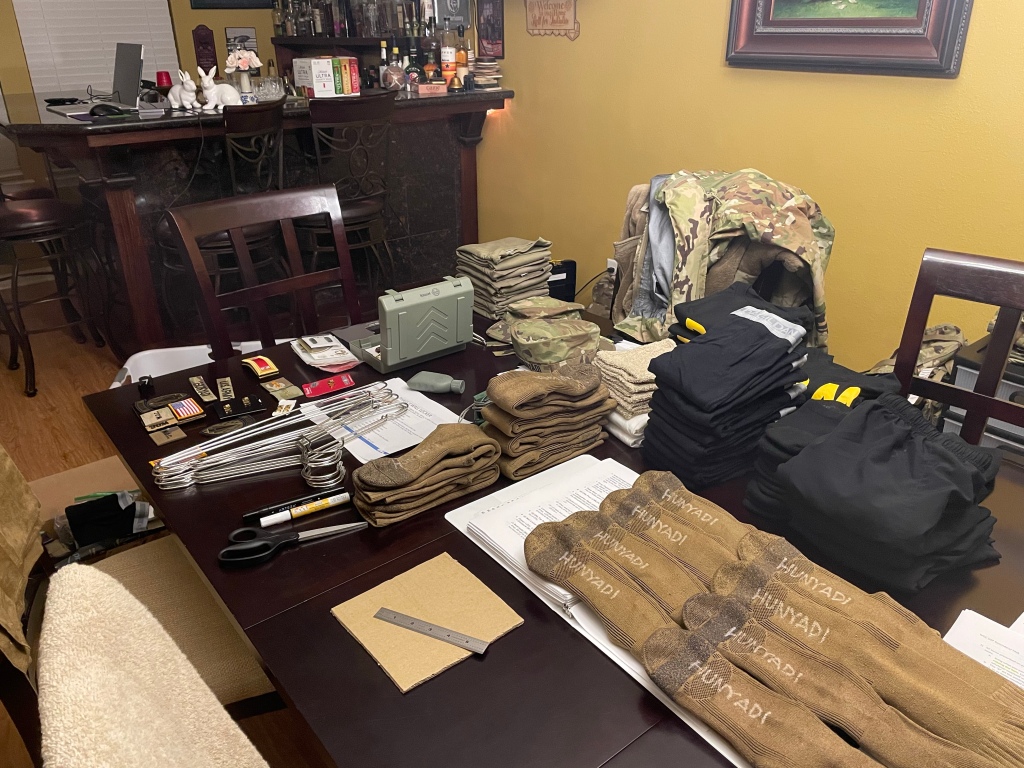
Since we start our logistics planning weeks or months in advance, it makes it easy to start putting things together and getting them ready for the trip. About a week before we depart, we begin staging our gear. That means we put it into a reserved place in our home so that we can track what’s ready to go, and what’s missing.
The benefit of this staging is that it allows us to begin the pre-loading process and to ensure we get everything on the list not only ready to be loaded, but we also take the time to inspect and check everything.
Step 3: Checks and Inspections
One major step in preparation is trying or testing everything before we go. The last place to try something new is at a campsite in bad weather. We learned this lesson the hard way when we tried to put the anteroom onto our rooftop tent. We didn’t test it prior to going on our big trip last year, and we found out in the 24 degree cold that it wouldn’t fit due to the awning we had mounted to the side of the roof rack. We lugged that anteroom around for two weeks, unable to use it. It took up a lot of space and was heavy, too.
I also take the time to ensure every pice of gear I’m taking is functional, appears to be in good working order, and if I find something not quite up to par, I replace it. That’s why starting the checks and inspections a week before departure ensures we have everything we need, when we need it: D-Day. This year, we discovered a few things were missing and we were able to get them either locally or online in time for our trip.
I also begin charging all the batteries of everything we will use that requires them. For my Power Tank, I go and get it refilled even if it feels full. I like to know that it’s at 100% capacity before heading out. We check our propane tanks and I refill our small 5 lbs tank as well. Everything that can sit for a week is topped off.
Step 4: Final Preparations/Pre-Departure
Like I mentioned earlier, I have T-2 and T-1 checklists I follow. Our T-1 checklist, for example, has us turning on our Dometic refrigerator so that it will be cold and ready to have food put in it on D-Day. On D-Day, I have final vehicle inspections that I perform as well as filling our water containers and topping off the vehicle with fuel.
We perform one last sanity check just before departure and go over checklists and mentally make note of everything we’ve packed, loaded, and prepped. Once we are confident we have everything, we leave and don’t look back. One thing we’ve learned is that if something unexpected happens (like the extreme cold last year) that we didn’t prepare for, money will typically solve those problems. We bought cold-weather gloves that we never thought we’d need. I will be taking these along this time… just in case.
Final Thoughts
Our lists aren’t set in stone, and we are constantly evolving our pack-out gear and lists. For example, we replaced our Biolite fire pit with a Snow Peak Takibi fire pit and grill, and we replaced one of our Iron Boxes with two RUX boxes. It’s all about evolving your gear to make your life as easy and comfortable as possible while roughing it.
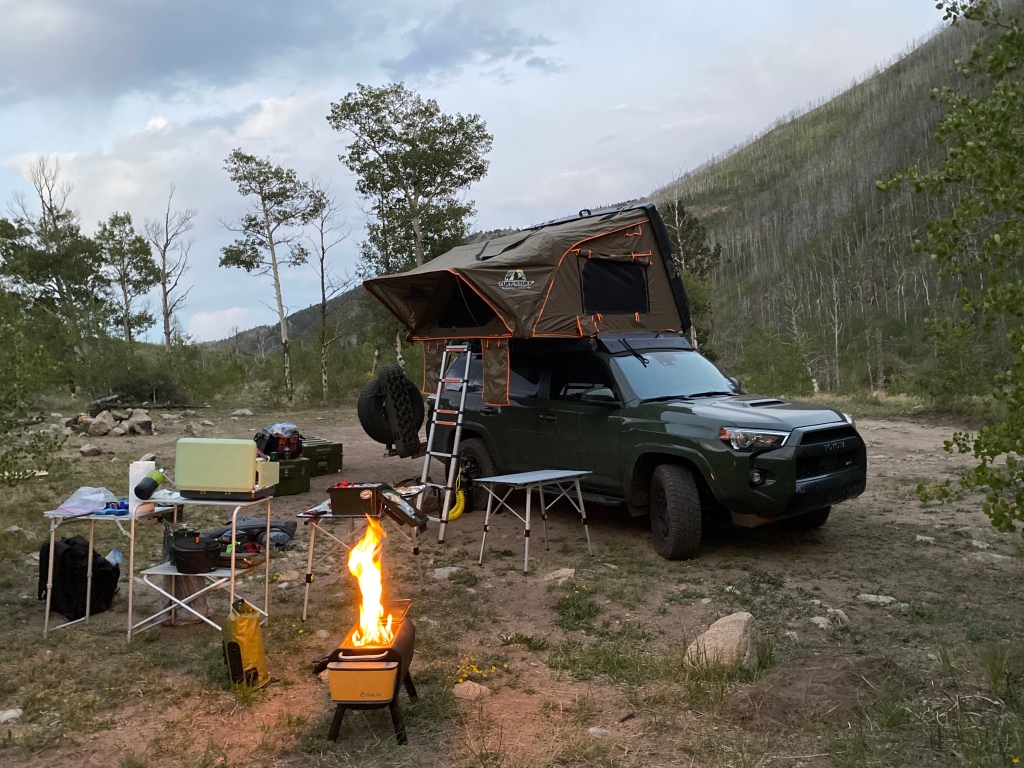
Everyone has their own methods for planning and preparing for a trip. I recommend finding a way that keeps you organized and allows you to be as prepared for your trips as possible. The above is how we get it done, but there are many variations on our method that I’m sure will work for you. Just make sure whatever you take works, and make sure you pack what you will need.
